|
Many ecological landscape schemes today have an emphasis on either ecological or native planting. Sometimes confusion between the two or an acceptance they are one in the same. There is a logic behind this difference and reasons you would utilise one, the other or both in a sustainable landscape design.
Native plants are always a good choice in large regional landscape master plans. Knowing a species will establish with relative ease without the need for artificial installations is a better option. This enables them to establish faster and thrive. Native trees and plants need less irrigation, weeding and protection from the environment being more adapted to local conditions. In recent times a greater ecological awareness has realised a more regional, localised element to using native species. We have come to realise there is regional variation within species. Eastern European common Limes flower 2-3 weeks later than British strains due to colder winters. This greater understanding of the particulars of local natives has added a new element to native species. This has meant some wildflower seed mixes state regional origins and local suitability. Rail companies such as London Underground when seeding banks use a specific meadow mix for the South East of England on clay soil. The specific nature of native species has raised some interesting questions about ecological succession and species diversity in sustainable landscape planting schemes. In nature plant species adjust to new climatic conditions and diseases. Succession and alien colonisation is a natural process so at what point do we relax local selection of planting stock? Although it has been recognised that some wildlife rely on the predictability of flowering times of native plants wildlife benefits more so from diversity within a planting scheme. A study of wildlife species densities found that there was more wildlife diversity per square metre in urban gardens than most rural nature reserves. The reason for this is there is simply a greater diversity of plant species in urban gardens than the wild. A diverse array of native and non native plants with varying nectar sources at varying times of the year allow more diverse wildlife species to thrive in urban gardens. One of the most popular shrubs for attracting butterflies and can be seen in nature reserves across the country, Buddleia is not from Britain at all but South East China. Some non native landscape plants such as Mahonia are a very welcome source of nectar in the depths of winter. In response to this ‘ecological planting’ is the term used to describe plantings which benefit ecology in ways such as shelter providing food or diversity in ecological landscape designs.
With the specific benefits and requirements for both native and ecological planting within sustainable landscaping it should be up to the designer to research the local environment. This will enable precise execution of ecological landscaping principles within the clients brief.
Research of local geology, hydrology, history and ecology will give the sustainable landscaper the planting palette best for local species. Whether ecological or native, the planting should be able to provide food, shelter and be self sustaining within the landscape design.
1 Comment
Water discharge from human habitation takes many forms. Sewage, storm water and grey water all have the potential to cause many problems to the environment around our towns and cities. The high nitrogen composition of sewage means it has the potential to cause eutrophication to in rivers and natural watercourses destroying aquatic organisms. Grey water containing detergents and food particles also cause problems if allowed to flow freely into the ecosystem many studies have been done on the potential harm of chemical residues within grey water release into watercourses. Excess urban storm water runoff is an added catalyst to pollutants from our roads and urban environments. Dog faeces, chemical spills, paint and herbicides are all but a few of toxins that enter the hydraulic system after rainfall.
An amazing upside to this problem is that natural wetland plants have the ability to clean all waste water through natural biological processes. With a combination of sustainable landscaping installations such as bio swales, retention basins, wildlife ponds and reed bed filtration catchments. These sustainable urban drainage solutions represent and ecological way to deal with waste water from our homes and can be implemented on both a regional and domestic level. The general conceptual layout of biological water treatment with ecological landscaping is capturing water discharge in manmade wetland zones to be cleaned before returning to the local water system. There are multiple ways this can be achieved with swales leading to marsh areas and shallow gravel beds and a series of connected retention ponds capturing and cleaning particles on their journey through the system. These systems require no maintenance no electricity and cost on average one third of what more traditional waste management systems cost. A typical reed bed filtration system can filter both grey water and sewage from nearby homes. In the case of sewage ecological landscape design should be implemented to reduce odours via prevailing wind and installing a more submerged filtration bed. The main component structure of the reed bed is an excavated cell or basin of gravels with a gravitational route through dense wetland plants and reeds. The gravels and sands allow particles within the water move freely through the roots and shallow courses of the wetland. The roots of the reeds oxygenate the water and take up extra nutrients and nitrates as they flow through the beds. The reeds sequester nutrients from the waste water as they grow in their fibres and leaves. Small aquatic organisms and bacteria further break down and filter out pollutants and heavy metals in biological processes. Reed beds are a typical example of how wetland plants are used to clean waste water but there are many other wetland planting types for water cleansing and filtration. The three main wetland planting types are: Submerged plants which provide oxygen to the water, Marginal’s which allow water to pass through their roots and shoots. Floating plants such as Duck weed. All of these have their place in the cleaning of waste water from urban environments. In most cases a combination of swales directing flows through reed bed systems to a series of retention wildlife ponds is the most effective interconnected system to direct waste water ecologically back into the environment. The three main wetland plant types can be implemented into a wildlife pond for maximum effect. These wetland areas can be designed into landscaping implementing sustainable landscaping projects. These wetland parks and gardens can be enjoyed by people for recreation as well as wildlife species. Further Reading
Global warming is bringing ever more humid, wet weather to the United Kingdom. But are we actually prepared for a wetter stormier future? The extreme flooding events over the last ten years have cost the economy billions of pounds with no real guarantee this can be prevented without serious changes to our very old and out of date Victorian drainage methods. The old concept of urban drainage planning was to take up water as quickly as possible and divert it away into our drainage network as quickly as possible. The problem with this is we know from recent events our drainage does not work and is completely unsustainable. Expanses of paved surfaces and areas of urban hard standing drain straight into drains and hence natural water courses allowing pollutants and toxins to run into the natural ecosystem. Water that years ago would have drained slowly back into the landscapes surface is now accelerated into pipes and concrete channels. Within the last one hundred years we have lost over 80% of our natural ponds and wetlands with the wildlife that depends on them also. Most urban streams are wildlife deserts with the only species utilising there course ways being the urban rat. As natural watercourses in towns have become the place of back alleys and industrial back routes they have become a host to anti social behaviour and places of general avoidance. To cope with ever larger amounts of surface run off authorities have built ever larger culverts and sewer channels creating unsafe playgrounds for urban youths and accelerating places that accelerate unsocial activities. Ever larger drainage channels and culverts are engineering’s way to respond to the concept of getting water away as soon as possible but only add to the unsustainable drainage theories of the past. More unsustainable drainage means more accelerated storm water flow this requires more expensive dredging downstream removing excess sedimentary silt which blocks our water courses. The overloading of urban runoff routes means chemical spillages; toxic road pollutants, oils and dog fouling all find their way to our local hydraulic cycle. Due to excessive amounts of runoff in modern times we have incorporated gulley pots along the drainage system which commonly get blocked which cost the local authorities hundreds of thousands of pounds a year to clear and maintain. Extra cost for a completely unsustainable system, the gulley pots also kill thousands of wildlife every year with frogs and newts being washed into these trap like pits. In the past most of our waste water including sewage and urban surface run off systems were combined. This enabled a non sustainable concept of waste water to develop. Today run off and sewage drains are separate giving us the opportunity to deal with run off in a more naturalistic way. It was very common in the Victorian era which founded our drainage network to conquer nature but modern thinking gives us the opportunity to revaluate this and come up with a method that works with nature for a solution to our urban drainage issues. The concept of Sustainable urban drainage follows this methodology. Instead of hiding storm water courses behind concrete walls or along urban industrial wastelands good design brings this water into the heart and urban fabric of the community. Sustainable landscaping and ecological design perspective takes into account amenity value, recreation, pollution filtration and wildlife elements of urban water runoff into sustainable urban drainage solutions. The concept of SUDS is simple designing a way for storm water to be absorbed back in to the ground as close to the source as possible. This makes the possibility of polluting our natural hydraulic ecosystem virtually nil with the added benefit of preventing flash flooding further down steam. This method of local absorption is known as infiltration. Fundamental SUDS examples of this are: permeable paving, filter strips natural wetlands, basins, retention ponds and bioswales. Polluted water from urban environments filters through ecological naturalistic swales and ecological landscaped vegetation zones filter out large pollutant particles before they continue into the main wetlands. Smaller toxic metals, oils and chemicals are filtered by the roots of wetland plants and microscopic wetland organisms such as bacteria. Basins and ponds give the ability for excess storm water to flood into in times of heavy rain. These have enough ecological landscaped areas in the form of depressions and retention ponds to absorb the most extreme flooding events forcing new development to design in recreational seasonal flooding parkland spaces. New housing developments with ecological sustainable drainage landscapes designed in are valued at 10% higher due to their scenic value adding another boost to the incentives of ecological and sustainable development and landscaping. Sustainable urban drainage systems improve water quality no matter what chemicals human environments throw at them. It is estimated that half the oils which end up in the sea are not from oil tankers but the surfaces from urban roads and car parks. By incorporating SUDS into urban areas you offer the possibility of ecologically cleaner environments and water courses. The ecologically landscaped parks offer recreational potential and wildlife reserves for children to engage in outside learning activities. Benefits of such outside learning and exercise are becoming more scientifically verified in the media. The potential for local eco gardens and school outside community classrooms are accelerated by these kinds of sustainable landscaped spaces. The future of sustainable urban drainage in our urban fabric seems to offer unlimited benefits to the wider ecosystem and local population in terms of economics and recreation. Safety is always an issue when it comes to standing water and young children. Today health and safety correctness combined with other social fears have led to fears for children playing outside in naturalised environments. With the acceleration in modern technology and digital entertainment problems such as obesity and a lacking in communication skills are also an ever worrying problem amongst our younger generation. Safety features can be designed in including very densely vegetated pond sides including gently sloping ponds so they are safer than river. Children should be given the chance to access risks and experience water within the public realm. Natural wetland environments in public parks and gardens can be designed in a way that they are experienced but hard to actually access deep areas of standing water. SUDS don’t just offer to save the economy thousands of pounds it offers the opportunity of recreation, education and sustainable urban water ecological management. By using good planning and ecological landscape techniques the future of our living environments can be a place for people and nature. Flooding and pollution of the natural hydraulic cycle can be a thing of the past. For more information on Sustainable Urban Drainage Systems: 'Stormwater Design for Sustainable Development' is a thorough analysis and review of the subject with practical case studies of implementation. How modern flooding can be solved with Ecological landscape design and Sustainable landscaping.8/9/2017 Britain has seen record rainfall in the last few years resulting in catastrophic flooding which has cost millions of pounds to insurance companies and the UK tax payer. With trends in global warming resulting in more predicted heavy rainfall is it time to rethink our flooding & landscape strategy? Many physical engineered flood barrier systems have added to the costs of these now familiar biblical flooding events with towns and cities still suffering significant floods and this is a typical modern scenario of man trying to fight nature instead of working alongside it. The truth is sustainable landscape architecture has had the solutions for this for many years! All rivers and water courses have a source which is a drainage point two the water catchment or basin. The topography of a region combined with the ability of the landscape to absorb excess storm water will decided whether an area will flood an where a flood will take place. There are three main reasons the UK has had increased flooding in recent times: intensive agriculture, increased rainfall due to rising global temperatures and the planning of our towns and cities. In the past one hundred years our agricultural landscape has changed dramatically. The mechanical age has resulted in large areas of wetland being drained for farming. Tapestries of small farms encompassed by hedgerows with varying uses as nut orchards and hay meadows have been flattened to make way for big commercial agriculture. Indeed if you cast your eye over much of agricultural Britain you will see expanses of open fields with very little else. A combination of varying land use, forested uplands, natural wetlands along river courses and a more vegetated countryside in general would allow the landscape to absorb and retain storm water in times of heavy rain. The small farms across the country would all have at least one large pond for livestock to drink. Farm ponds like these retained water within the landscape and seasonally flooding meadows and wetlands absorbed water which now runs into rivers and floods developments. It is quite obvious that recent industrial times are warming the planet we are already a whole degree warmer than before industrialisation and winters have been noticeably wilder in very recent times. As winters have got milder summers have become wetter with warm humid air creating heavy precipitation throughout the season. As our climate continues to rise heavy rainfall patterns look to become more and more common. One of our biggest design flaws is our attempt to suppress natural process within our urban development’s channelling natural watercourses into concrete strait jackets which burst at the seams and turn into dangerous rapids during heavy rain. Block after block of urban development increases surface runoff into narrow pipes and channels feeding into the same tight water sewers which are already full causing them to burst their banks and flood surrounding developments. As our urban drainage networks are already stretched when prolonged periods of heavy rain arrive the potential for displacement of thousands of people and insurance claims in the millions becomes a quick reality. Ecological landscape design and sustainable landscape principles always aim to work with the natural process of the environment. When planning new towns and Cities rivers and green corridors through the landscape should be enhanced as green highways through the city allowing for cycling, walking and pleasure. The green river corridors should be designed in away the parklands on either sides can seasonally flood in times of heavy rain. Not only can these green ribbons through the city absorb flood water they can also be an opportunity to grow food and watch wildlife. Green roofs are an underestimated tool in the quest to reduce surface run of in our towns and cities the reduced run off from vegetated roofs or any green space in the city for that matter can dramatically reduce flooding in urban environments. Car parks and roads are another issue in surface run off in towns, not only is storm water carried quickly into the drainage network dangerous toxic metals and salts from these pollute surface run off which flows into our rivers poisoning wildlife and the water cycle. Using sustainable landscape urban drainage road run off can be channelled into seasonally flooded wetlands in adjacent landscaped parks. Wetland plants in these retention ponds can filter these toxins out of the water in an ecological way. Drainage retention ponds also encourage wildlife helping to increase biodiversity. Using this kind of naturalistic ecological landscaping in public parks we can do much to reduce flooding, purify toxins and increase the health of our neighbourhoods for people and wildlife. As surface run off is one of the biggest contributors to urban flash flooding permeable surfacing should be used where ever possible. Good examples of these are rubber safety surfaces in playgrounds and resin bound aggregates. In terms of regional ways to reduce flooding and slow down water flows across larger catchments and basins there is one major solution. Restore naturalistic seasonal flooding wetland habitats to lowland areas. This will both encourage wildlife and retain storm water naturally. Even the vegetation types of wetlands such as reed beds enable a greater absorption of fast flowing water from heavy rain. These can be further improved for flood prevention by creating overflow areas consisting of dry seasonally flooding depressions in the landscape planted with water loving species. Rewilding mountainous and upland areas can do much in reducing flooding in lowland areas. Primarily this comes from planting more trees and having more vegetation in general. Once again one aspect of ecological landscaping and design benefits multiple environmental factors. More vegetated naturalistic environments increase biodiversity, can produce food, provide recreation, sequester carbon from the atmosphere and reduce flooding alike. Sustainable landscaping is recognising the environments natural processes and working with them to find solutions for both wildlife and people into the future. With intelligent ecological design and sustainable landscaping we can make urban flooding a thing of the past and a greener, wilder more productive countryside. A highly recommended short video about the opportunity water brings in sustainable landscape design. It has been a common theme throughout out history of channelling water into narrow corridors and sewer like pipework. This very outdated method of drainage is usually a missed opportunity to create a better more diverse landscape and actually increases the risk of urban flooding. The video was created by the Landscape Institute. For more information go to : https://www.landscapeinstitute.org/ One of the biggest problems facing civilisation today is food security. The relatively recent boom in population growth has required ever more commercial intensive agricultural practices to sustain it. The problem is there will come a point where a link in the chain will break and the human race will have to ask the question ‘can we go on using unsustainable methods of producing crops to feed ourselves’? I am sure that sometime in the not too distant future will see a few crisis that will make us understand how fragile our food supplies are especially in intensive modern monocultures. A direct product of our modern mono culture farming methods has resulted in some of the most nutritionally devoid diets in history. Diabetes has now overtaken heart disease as the leading cause of premature death in the UK, both conditions can be directly attributed to the sort of diets encouraged by our current farming methods. Highly processed carbohydrates and sugars are a common vice of the western world’s staple diet and are not by any means natural for our species as great apes. Fruit, nuts, vegetables, insects and occasional small mammals are a natural human diet if our close related cousins are to represent a precedent. Fossil fuelled agriculture has made it easy to harvest wheat’s and grains, annuals grown on mass a diet more commonly in nature held by species with higher metabolisms such as rodents and birds. In historical times foods such as bread and sugar were seen as holy as their high energy content could be the difference of living and starving. It is no wonder our love for sugars and starches have continued through the ages but do we eat too much simple sugar in our diet? It is the effect these types of foods on our hormone insulin which has resulted in type two diabetes becoming such an epidemic problem today. By eating less meat we as humans significantly reduce our impact on the planet. A vegetarian has one third the ecological foot print as a meat eater with a diet high in animal fats being a lead contributor in heart disease cases in developed countries. It is not just the type of foods we eat that make us more prone to disease and having a high ecological impact. Modern agriculture also uses a high level of herbicides and pesticides of which the links to human health cannot yet be fully known. Just because there is no scientific link between a compound and human health does not mean it does not have the potential to cause mutation in cells or make us ill. The problem is in a world of high mortgage’s and rents with higher and higher densities of people living in cities how can anyone have the time or room to grow and harvest enough food to live. Once again sustainable landscape planning can be the key. It was landscape architect Ian Mc Harg who first found the link between high density environments and the reduction in human health and social cohesion. Urban agriculture and farming has revolutionised methods of growing food in urban environments some using permaculture design principles to produce a surprising about of food within a small space. There is no doubt sustainable landscaping techniques such as herb walls, rooftop gardens and city allotments can produce a great deal of produce but a larger ecological planning strategy is needed to help us be self sufficient in food.
Current planning policy in the UK is quite out of date in its underlying founding concepts from the turn of last century. In the high industrial times of the early 1900s towns like London were over populated and dirty mainstream landscape planners believed green lungs in the form of parks and green belt areas should be created to deal with the problems of urbanism. The concepts were correct for the time but today a decentralisation of towns and urban areas would allow for more spread out human settlements with abundant garden space and community growing areas for local food production.
The idea of a new generation of nine to five urban farmers coming home from a long day at work and getting the spade out seems a farfetched notion but it does not have to be. Our current theory of growing vegetables and farming for that matter bases most of its practice in growing annual crops. Rows of delicate young salad leaves and root vegetables which are quickly engulfed by pioneering weed species making annual vegetable growing a timely process. The future of food production should rely on less energy input ecological permaculture and agroforestry systems. Such systems rely on more perennial vegetables and growing a varying array of crops in a permanent forest structure. A typical permaculture or agro forestry food forest would have a top canopy of fruit, nut trees with smaller bushes in the medium canopies with fruits and edible leaves. At lower levels there would be tuberous plants, perennial vegetables and herbs hence catching the suns energy at different levels for maximum food production. Martin Crawford at Agroforestry UK points out that if planted for maximum yield when established could feed ten people per acre with very little energy input. This is significant as modern farming will only usually sustain 5 people an acre with the use of fossil fuel energy. Housing developments of the future could utilise the fundamentals of ecological landscape design and sustainable landscape practices integrated with food forest systems to feed local residence. Abundant naturalistic forest environments will also encourage wild species which could be harvested as food for sport. Aquaculture wetland systems can also be used for sport and the rearing of fish for food. Sustainable landscape planning could create healthier wilder living environments with fitter people. The one thing that makes forest gardens not a viable option for food production in the industrial world is they cannot be harvested in a mass mechanised fashon. Different crops are ready to harvest at varying times of the year and from different orientations to the ground. Forest gardens require knowledgeable skilled plants men to harvest the food types within a forest food system. To add to this forest gardens can have over 200 edible species per hectare which is a huge contrast to the average 20 consumed by most of the population. A future world with low energy input food forest systems could provide alternative educational activities for schools and young people. Careers in harvesting, planting and maintaining food forests could be subsidised by affordable woodland homes in a new ecological local economic framework. Locally produced food and eco tourism could work together boosting rural economies. New temperate permaculture food types will need a new knowledge of cooking an extremely diverse diet of green vegetables, fruits and nuts including many plants with high medicinal values. So it seems a more wild diverse food system based on natural ecology could increase locally produced food production, boost local economies, ensure families re-connect with nature, help mitigate causes of obesity, provide more opportunities for recreational activities and ecotourism. Ecological landscape design and sustainable landscaping techniques could provide the tool box to start to solve Britain’s problems of geographical divide, housing crisis, obesity, biodiversity loss and food security. A very informative, animated video from the 'American society of Landscape Architects' explaining the various environmental benefits of trees within cities and urban environments. Urban pollution and flash flooding have been very topical recently in the media with London especially suffering air quality well below minimum public safety levels. Even though the benefits of ecological landscape practices are well known among academics and landscape architects policy makers and politicians are slow to realise landscaping's ability to solve these modern urban problems. A very common concern mentioned in the media is the accelerated loss in global biodiversity we are currently facing but what danger does this really cause to our daily existence? This element to biodiversity loss is rarely tackled in the media however it is the most extreme and worrying one. Indeed the loss of majestic mega fauna such as the Tiger and Elephant are catastrophic but our loss of local natural habitats and insect life pose a more instant threat to our existence. It should be noted that one third of all the worlds agricultural crops depend on pollination from insects. Productivity from these crops has seen a dramatic reduction especially in the last 50 years. But it is not just the crops which directly rely on pollinators which are at risk from the loss of biodiversity. The majority of food produce found in our supermarkets today are grown by large commercial monoculture agricultural systems. The soil they are grown in is bleached with fossil fuel based phosphates, nitrates and potash three nutrients that are essential for plant growth. In nature these nutrients are provided by a complex ecosystem of mostly microscopic life including many microbes and fungi. On average a healthy plot of land will contain two tons of soil life per hectare. In a natural soil ecosystem animals, insects, plant species and fungi will work together to recycle nutrients in the system and maintain soil fertility. Current agricultural chemical processes have meant soil microbes and beneficial fungi have been in decline. This has led to soil degradation a process leads to a lack of soil structure and growing viability. It is becoming more obvious biodiversity within our soil and its interrelations with the wider ecosystem could seriously damage our ability to feed human populations. There are critics which argue that we can grow crops today in hydroponic systems which do not require soil but they are seriously fooled by the reality of the fundamental mathematics involved. Using current modern industrial methods of farming we on average consume 5 calories of fossil fuel energy to produce only 3 nutritional calories. The new indoor hydroponic systems rely on three times this energy amount for the same return with large flood lights and chemical feeds. It is true that the current way human beings are feeding themselves in the developed world is completely reliant on oil and will not carry our existence into the next quarter of a century at current levels. The only way we can ensure food production of any sort will require the balance and interactions of wilder ecosystems with their sustainable nutrient cycles and renewals. It is the fundamental concept of a complete healthy interrelated ecosystem that is the only way to ensure human food security into the next century. So it seems biodiversity is directly linked to our survival today but does this mean we have to wait until the reduction in global oil? How long could that be? Current predictions of oil depletion have so far have been completely wrong but one thing is for sure we are either at a peak or have peaked. There are a number of scenarios and indicators which means declining biodiversity could be the end of human civilisation as we know it a lot sooner than we could have ever imagined. The reason all types of species including, plants, trees, bacteria, microbes, fungi, reptiles, birds and mammals are all needed for each other’s survival is due to millions of years of interaction and interdependent cycles. If one species ie humans find a way to partially separate themselves from the system an ecological deficit will occur. Such deficits will always be balanced by nature in the end this is a fundamental concept of science. A good example of this is our discovery of antibiotics which has aided the human race to a population explosion over the last one hundred years. In recent times the scientific discovery some bacteria are gaining resistance shows the Russian roulette we are now playing with our place in the world’s ecosystems. As our crops become more engineered and highly bred for faster quicker yields with resistance to this resistance to that we could find our future crops could become so delicate and fragile to new pests and disease strains our species and modern world could quite literally fall apart in front of our eyes. It is a fact that biodiversity lower in the food chain is fundamental to our future food security but what about the extinctions of Rhino and Tiger? Are they not as important to human survival? Rhinos have a very important role to play in the savannah ecosystem they have the ability to grind down invasive and fast growing brush allowing other smaller species to get a foot hold. Major carnivores such as Tigers keep herbivore populations fit and healthy consuming the slowest and most unfit animal’s only allowing survival of the fittest to breed and produce the next generation. And so it is clear Biodiversity has some very complex and interrelated factors associated when we investigate the relevance to our own survival. One thing is certain a healthy ecosystem relies on all species to create balance whether it’s a stalking tiger or bacteria in the soil our future as a species relies on the ecological health and balance of our common environment in which we live. In order to address some of the symptoms of biodiversity loss landscape use and design has to be at the forefront of solving the decline of species. In urban environments sustainable landscaping such as naturalistic parks and living roofs can clean pollutants out of the air reducing the poisoning of insect and aquatic life. Such ecological landscaping in towns and cities can provide nesting opportunities for insects, mammals and birds encouraging wildlife to live in amongst us pollinating our crops and feeding on pests. Using sustainable landscape architecture and planning to integrate wilderness, agricultural and urban environments stimulating interaction with nature and encouraging locally produced foods from farm and wild produce. Sustainable landscape planting schemes can be more diverse and incorporate plants which provide more pollen for insects and butterflies. Larger regional strategies can be drawn up to connect wild areas and re wild large sections of our countryside. Woodlands can be combined with agro forestry permanent food systems and orchards producing fruit and nuts for the populations. Large areas of wild woodlands can be managed for sustainable timber creating rural jobs and boosting rural economies. Such strategies could curb negative effects and a recent distaste for globalisation allowing subsidised housing for rural workers in new eco communities. These local traders relieved from the financial pressures of the housing crisis would enable local crafts and business to flourish such as wood carving, mushroom cultivations and specialist game keepers. Large regional ecological landscape planning could create a more diverse spread out patchwork of interrelated wild, agricultural and urban housing boosting biodiversity and the economy at the same time. Re introducing once common extinct species such as the wolf and bear would set a better example to developing nations that the future of the developed world can mean more wild environments. New wildlife eco tourism and game sports could be encouraged to boost conservation and development revenues allowing a future where biodiversity levels are accelerated and local economies boosted. It is clear that biodiversity is vital for our survival especially for the future of our species but with using the fundamentals of sustainable landscaping and ecological landscape design we can create a less centralised world and more diverse landscape where biodiversity and the quality of people’s lives are enhanced. An informative video from the ASLA showing how urban water run off can be managed in a sustainable manner using principles employed in ecological and sustainable landscaping
|
AuthorPaul Nicolaides is a landscape Architect from North London and Director of Ecospaces Limited ecological Landscape design & build contractors. His ambition is to help accelerate change to a more sustainable ecological society. A society that plans its urban environments integrating agriculture, wildlife habitat, natural processes, recycling, industry, and sustainable urban drainage. Above all Paul aims to integrate these disciplines and realise there compatibility both on a local and landscape level. Archives
July 2018
Categories |
Photos from Tauralbus, Kurayba, ChodHound, tristanloper, scott1346, Sustainable sanitation, RobBixbyPhotography, The hills are alive*, Bobby McKay., ell brown, ncwetlands.org, Drantcom, alh1, Verokark, U.S. Embassy New Delhi, John Brighenti, umseas, wuestenigel, nestor galina, Sander van Dijk, mikecogh, oatsy40, foundin_a_attic, ndrwfgg, The Garden Smallholder, Aaron Volkening, wallygrom, Sander van Dijk, Base Camp Baker, Local Food Initiative, Kansas Poetry (Patrick), blachswan, infomatique, Phil Roeder, aschutz57
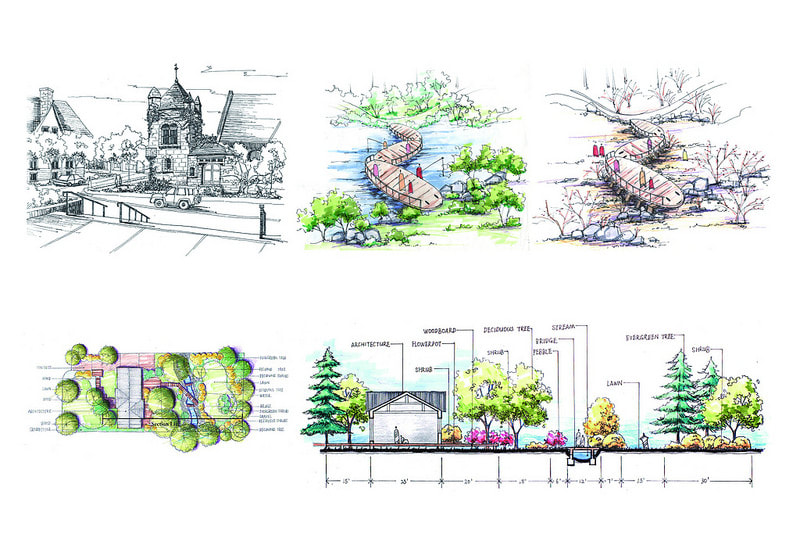
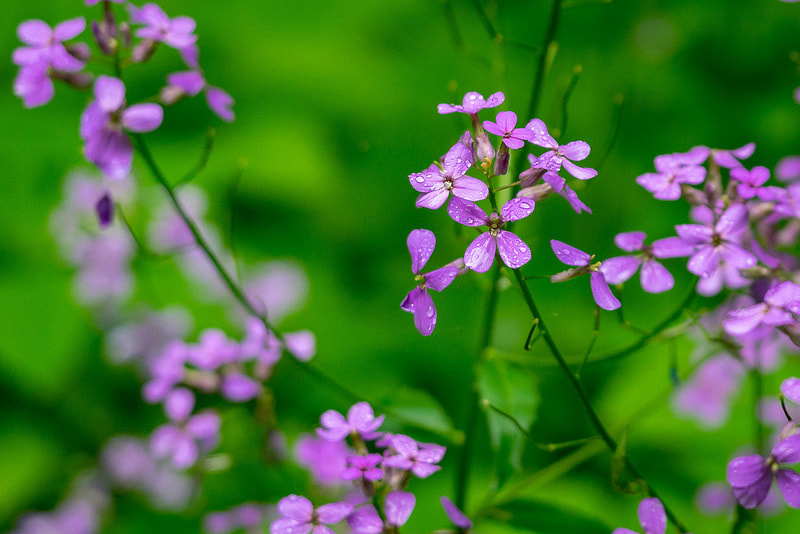
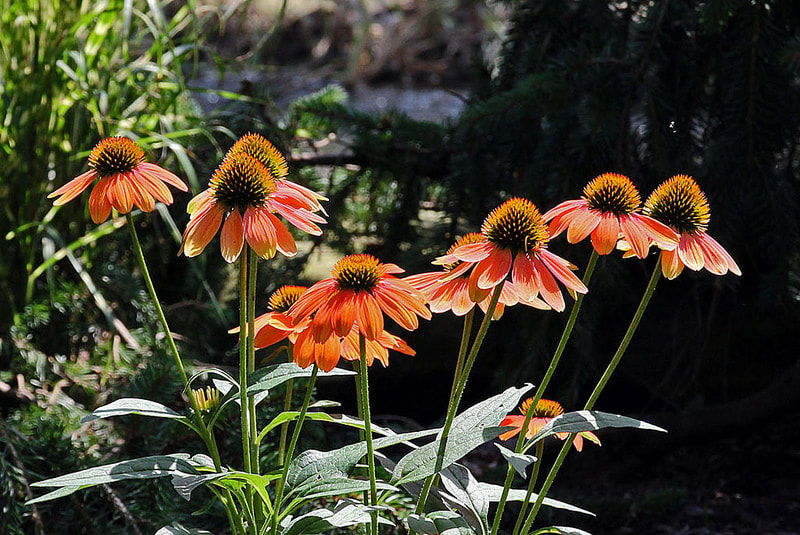
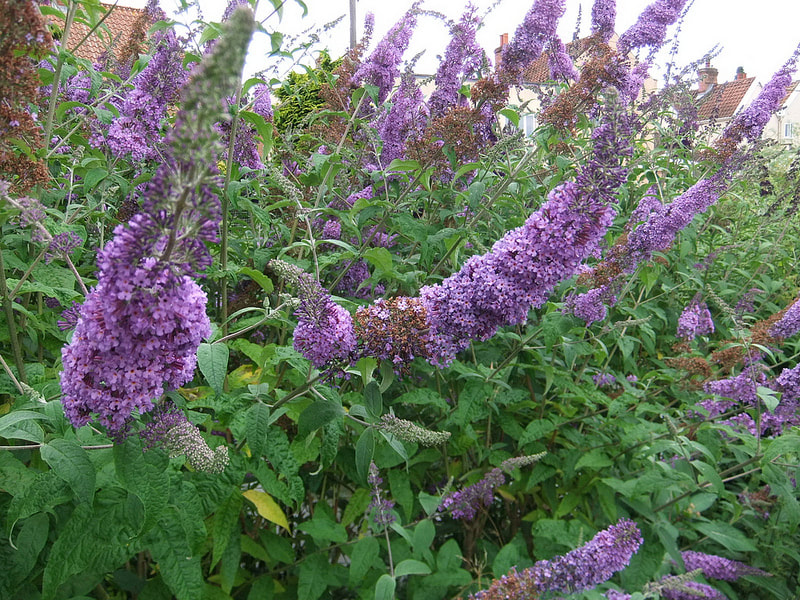
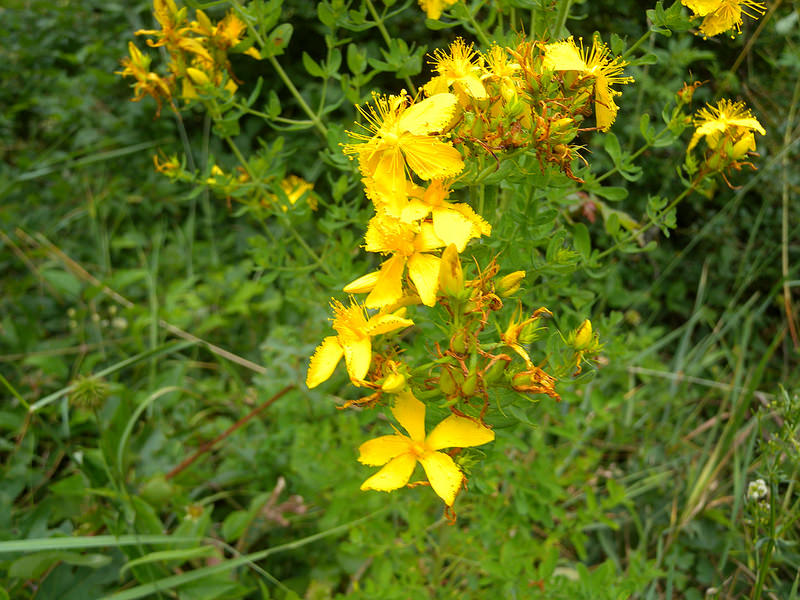
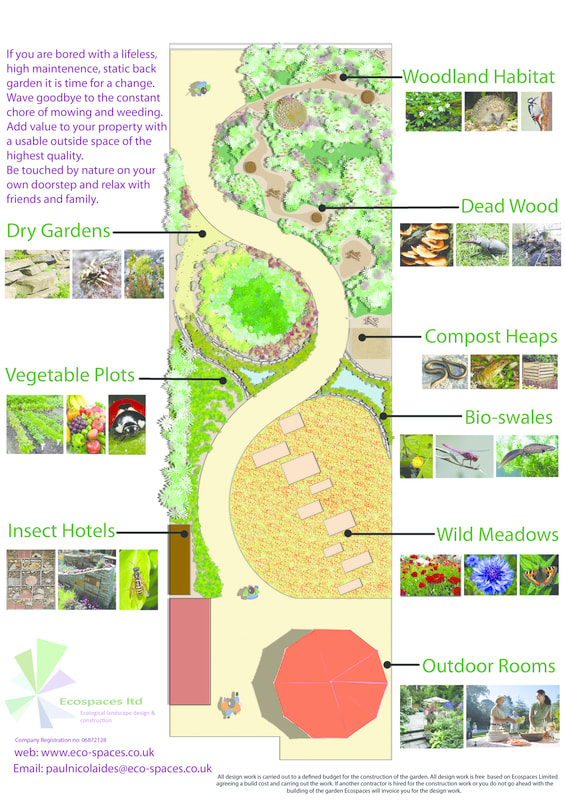
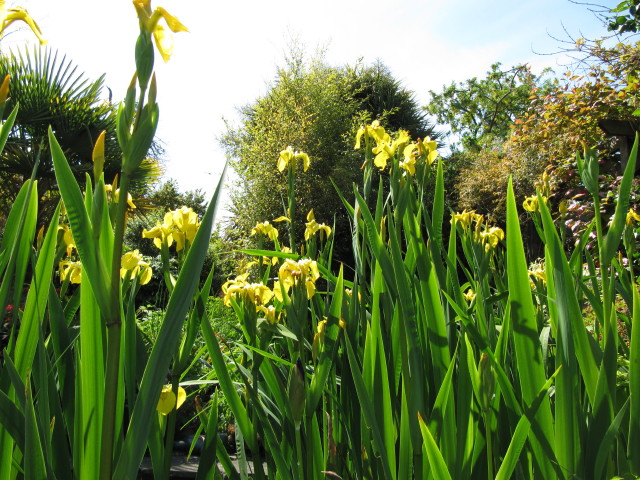

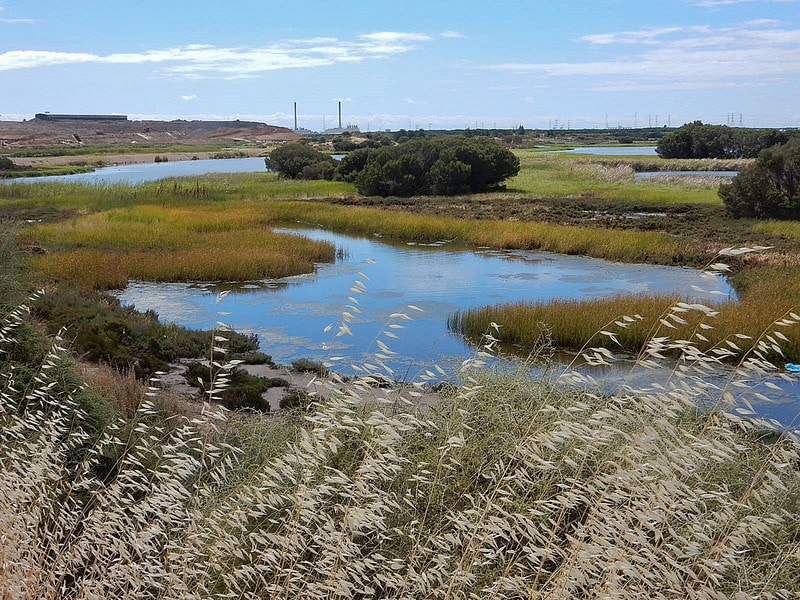
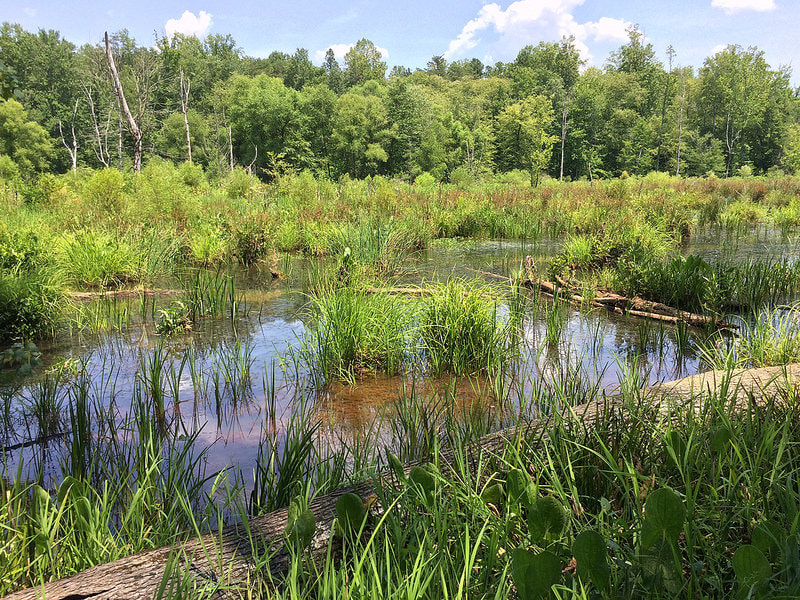
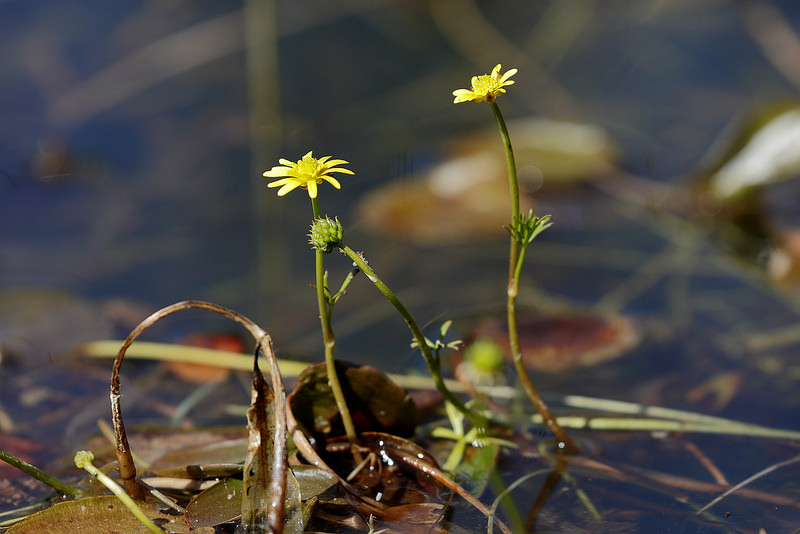
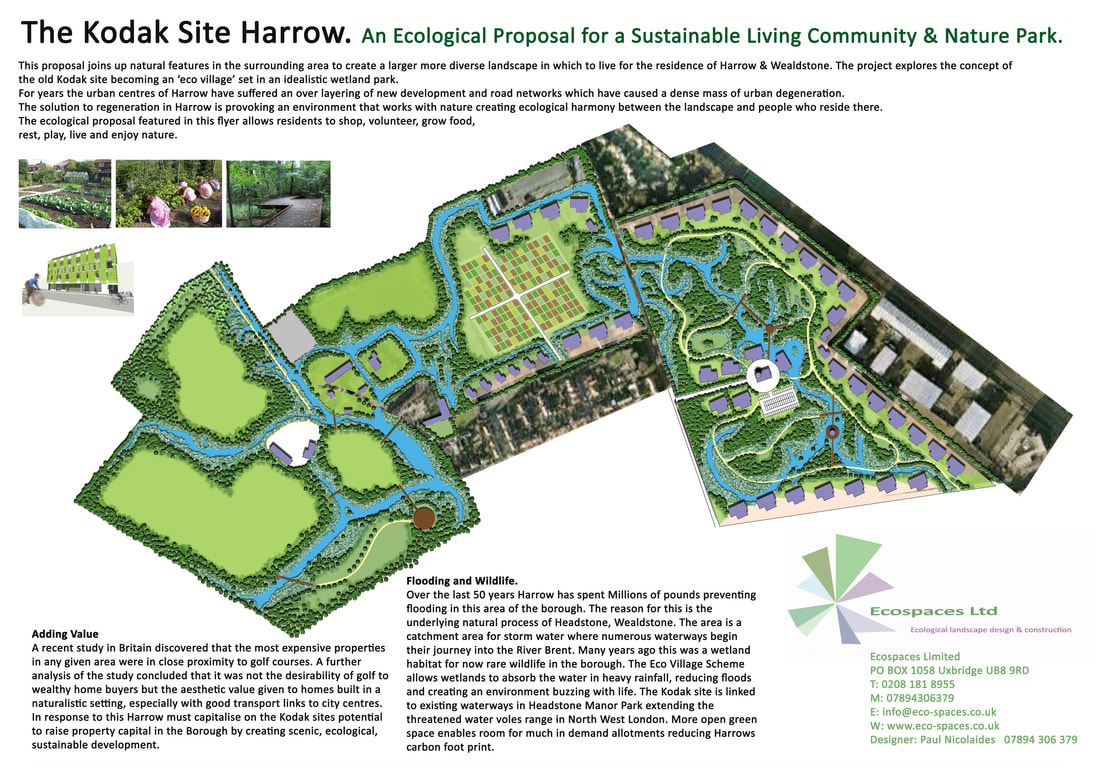
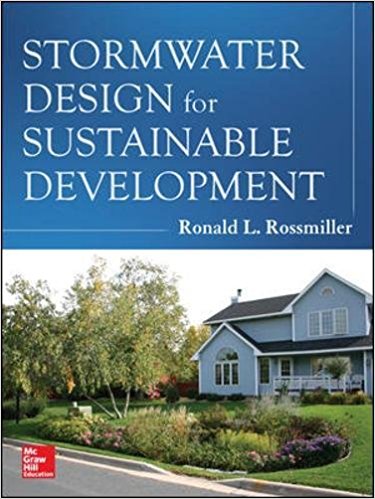
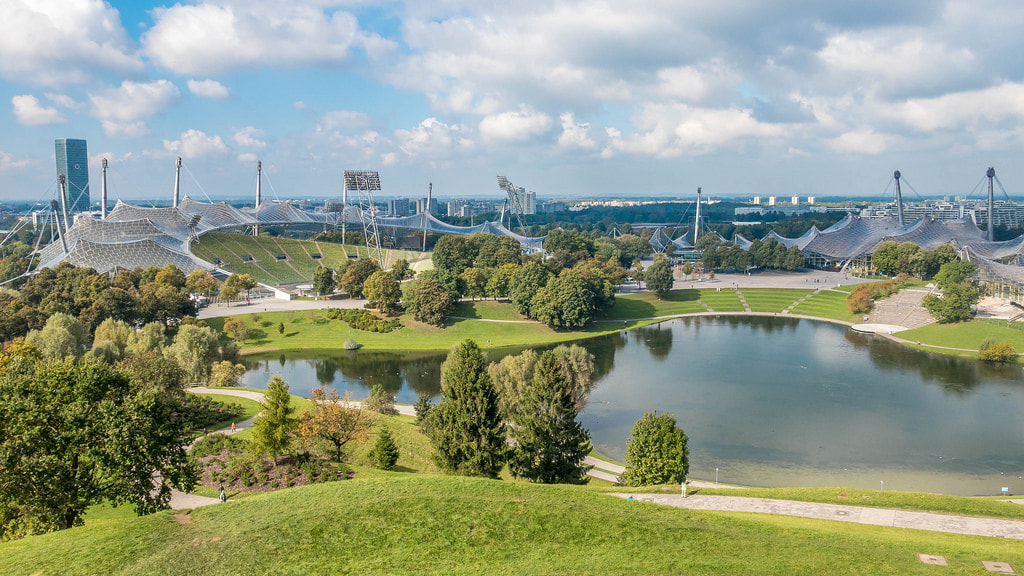
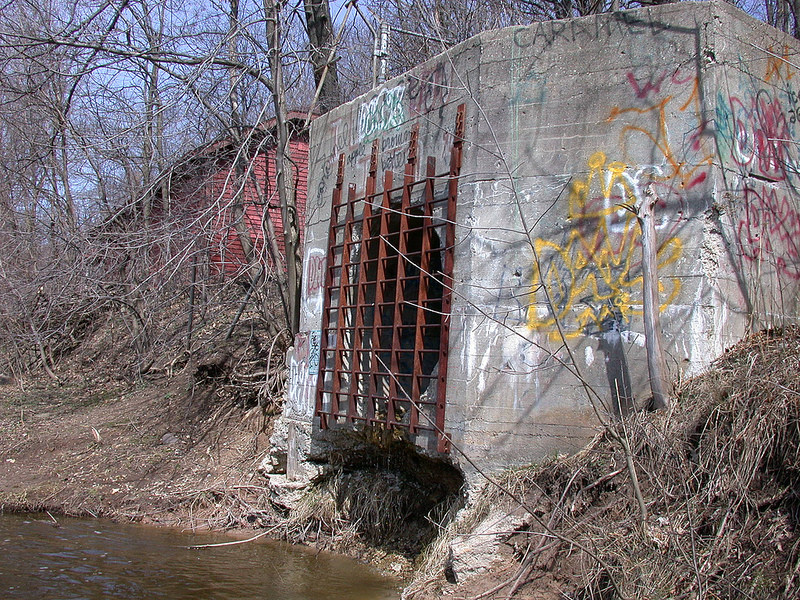
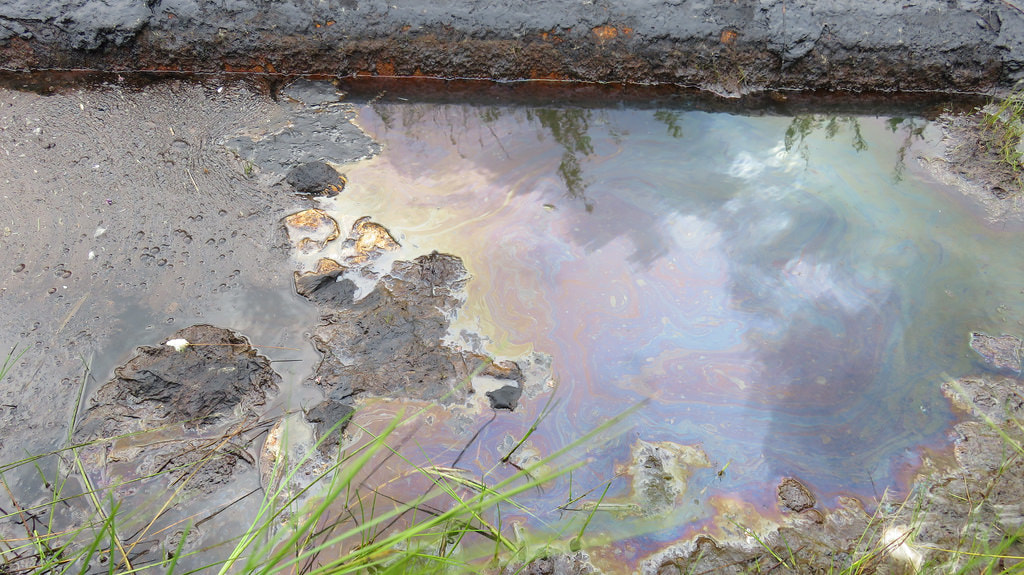
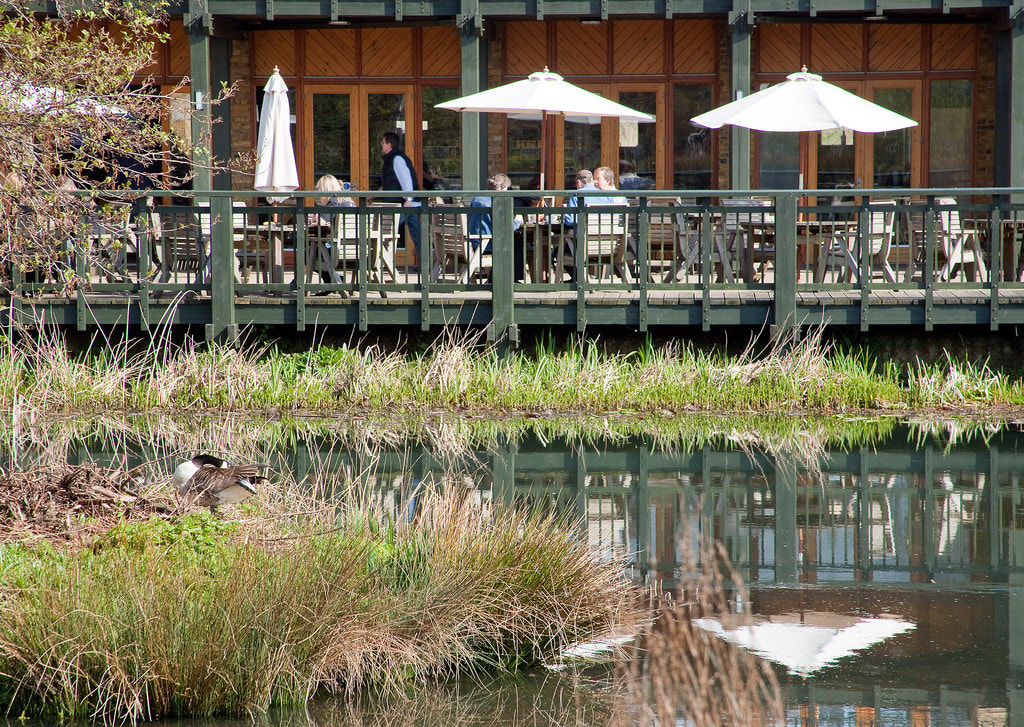
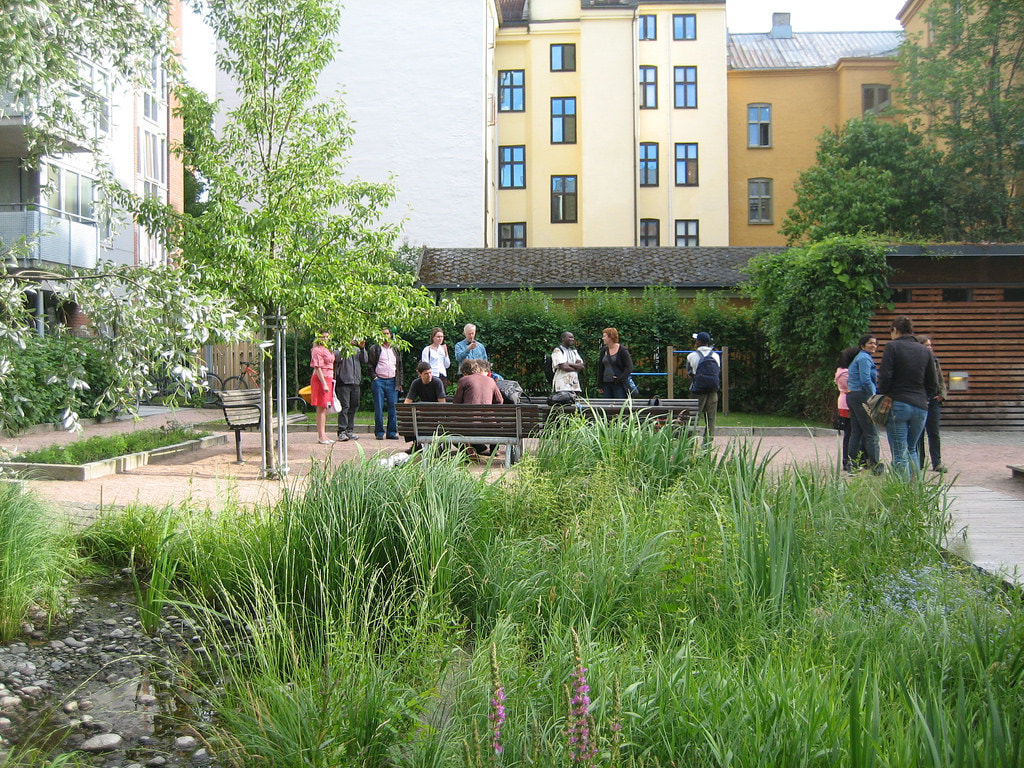
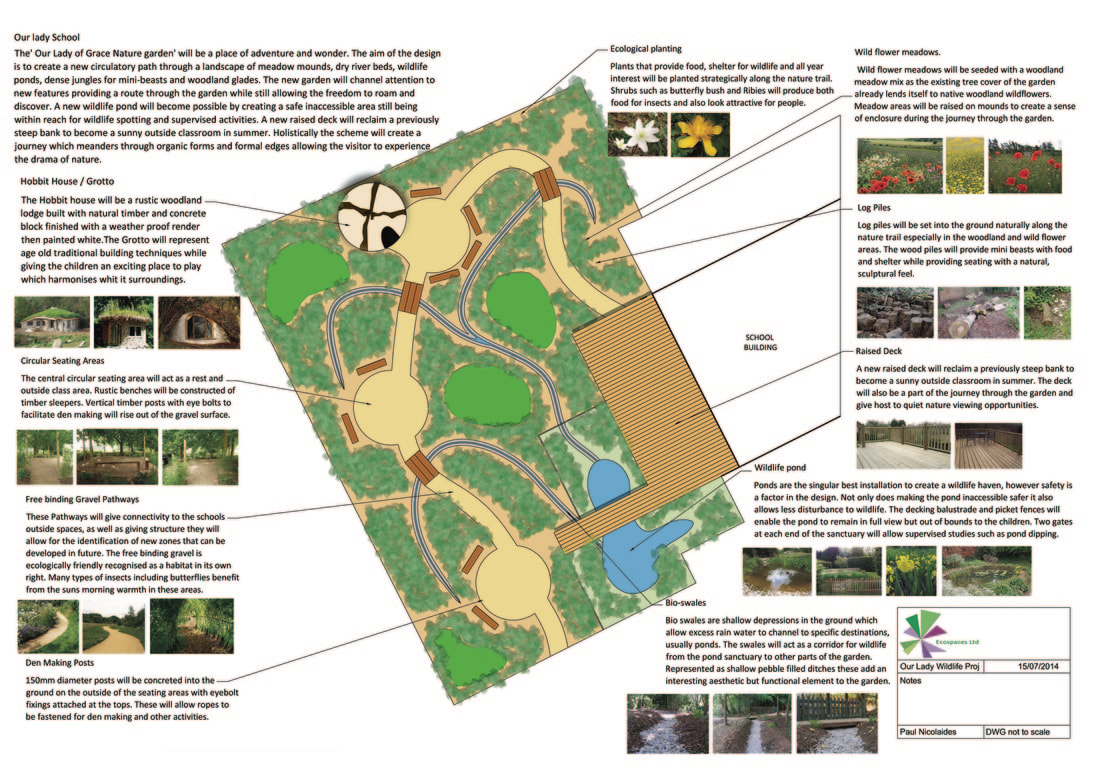
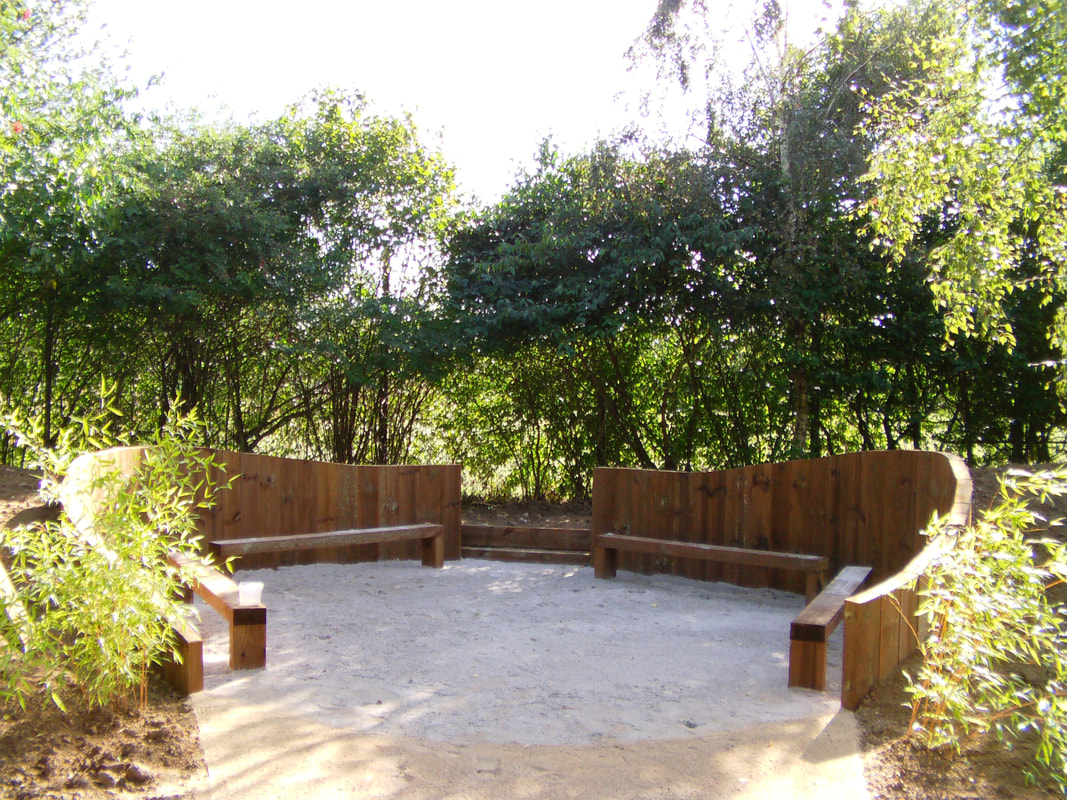
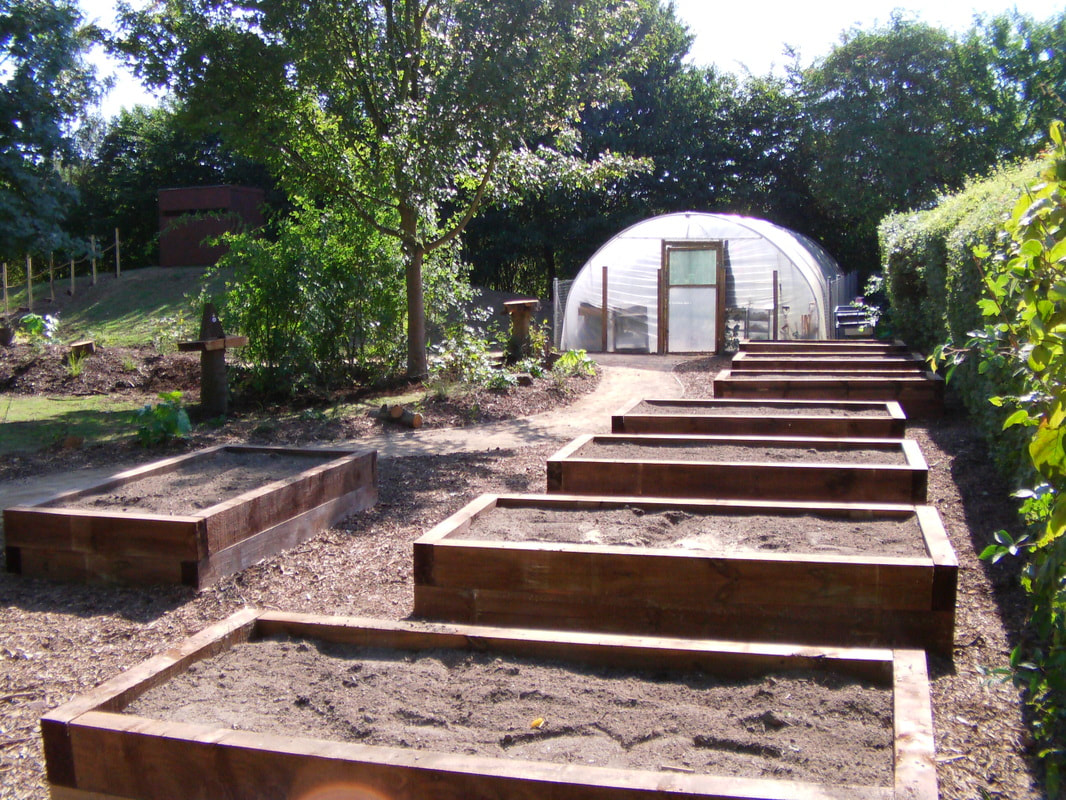
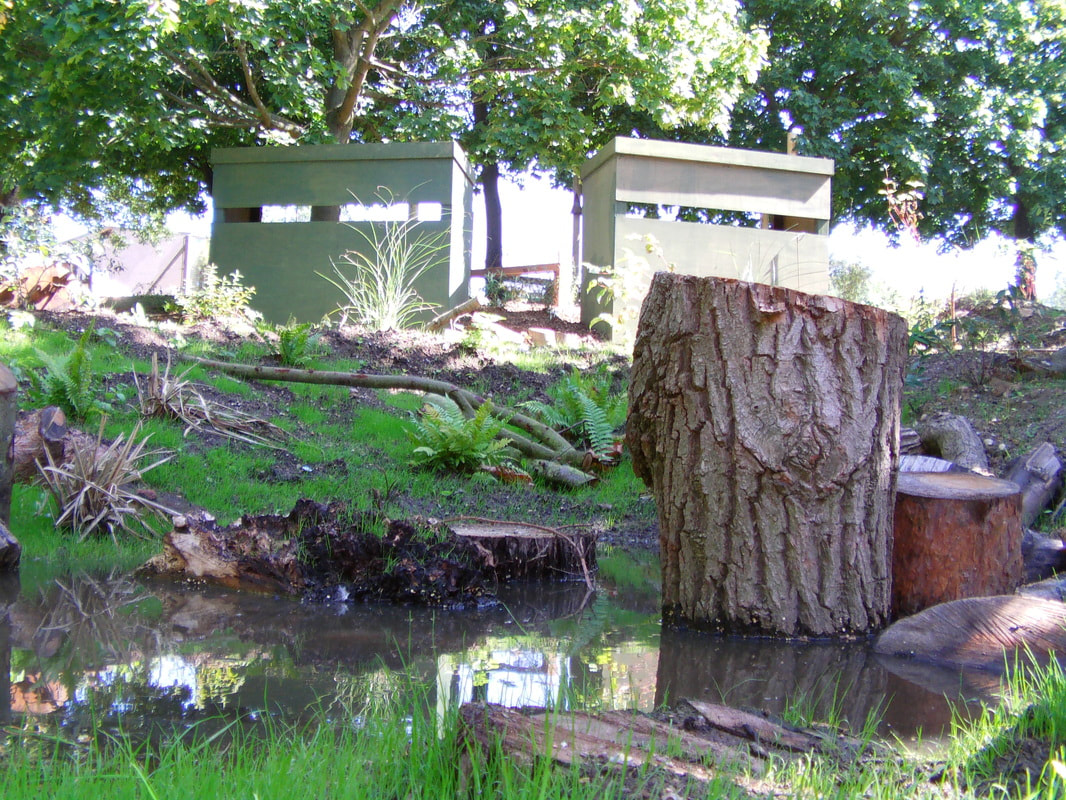
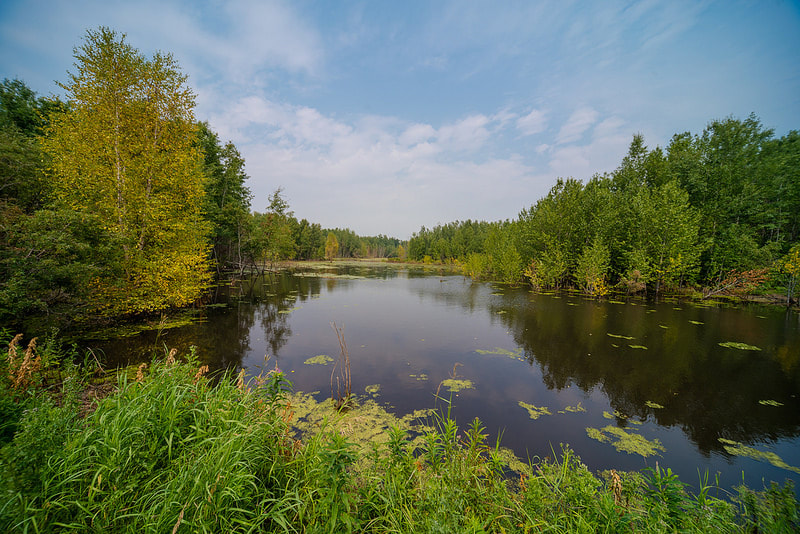

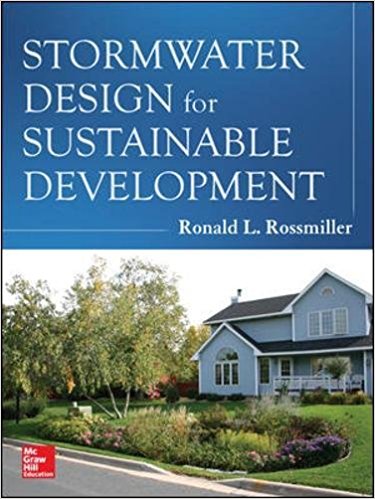
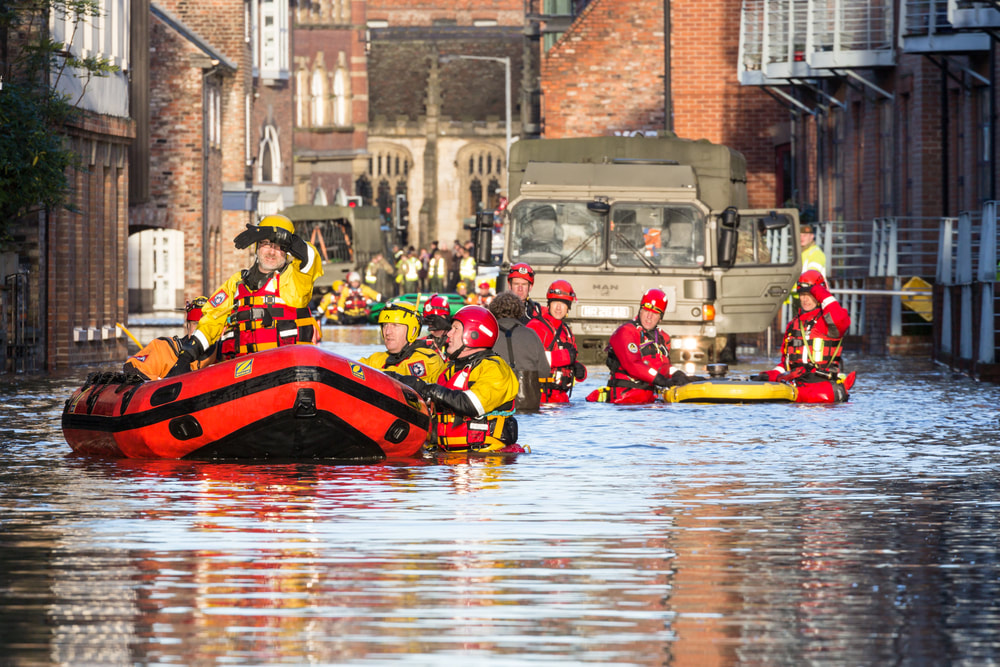
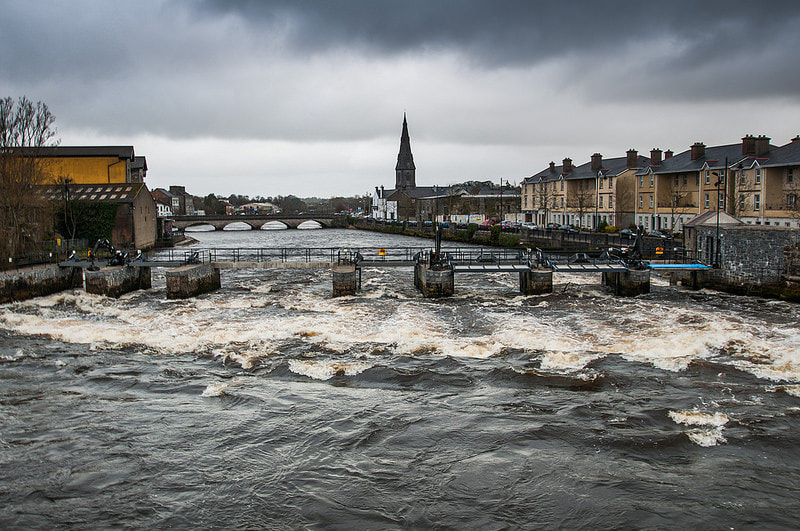
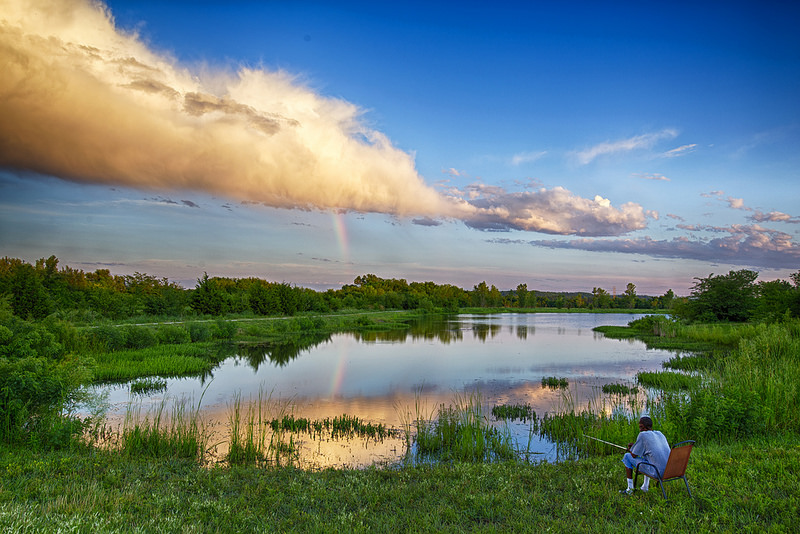
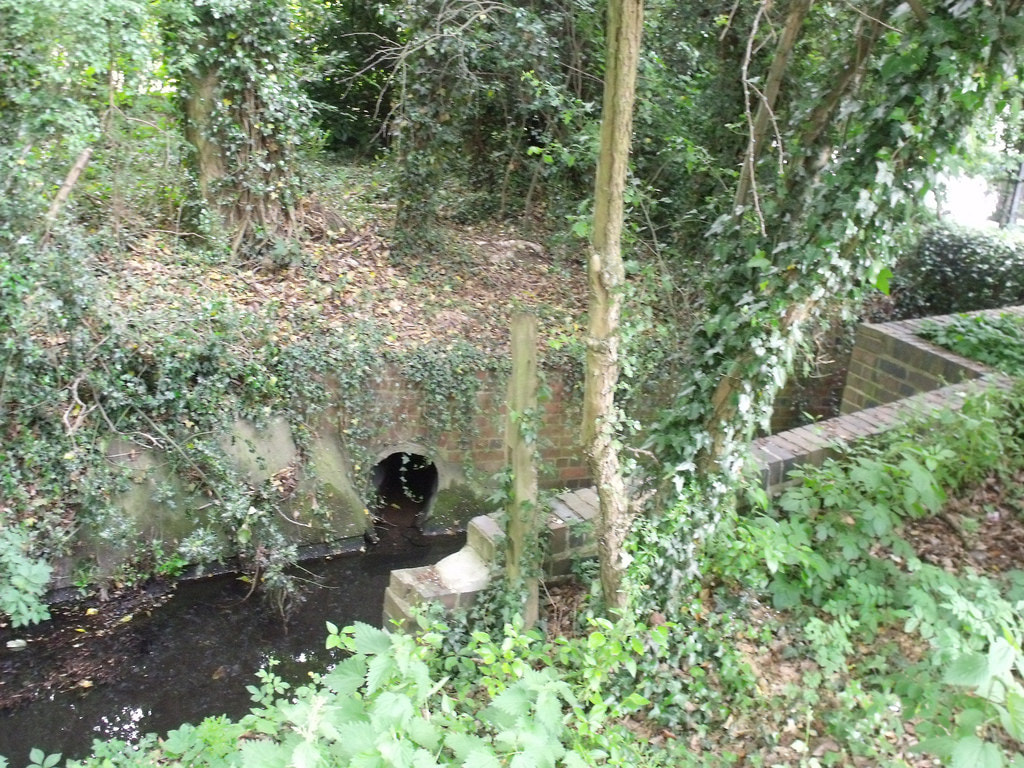
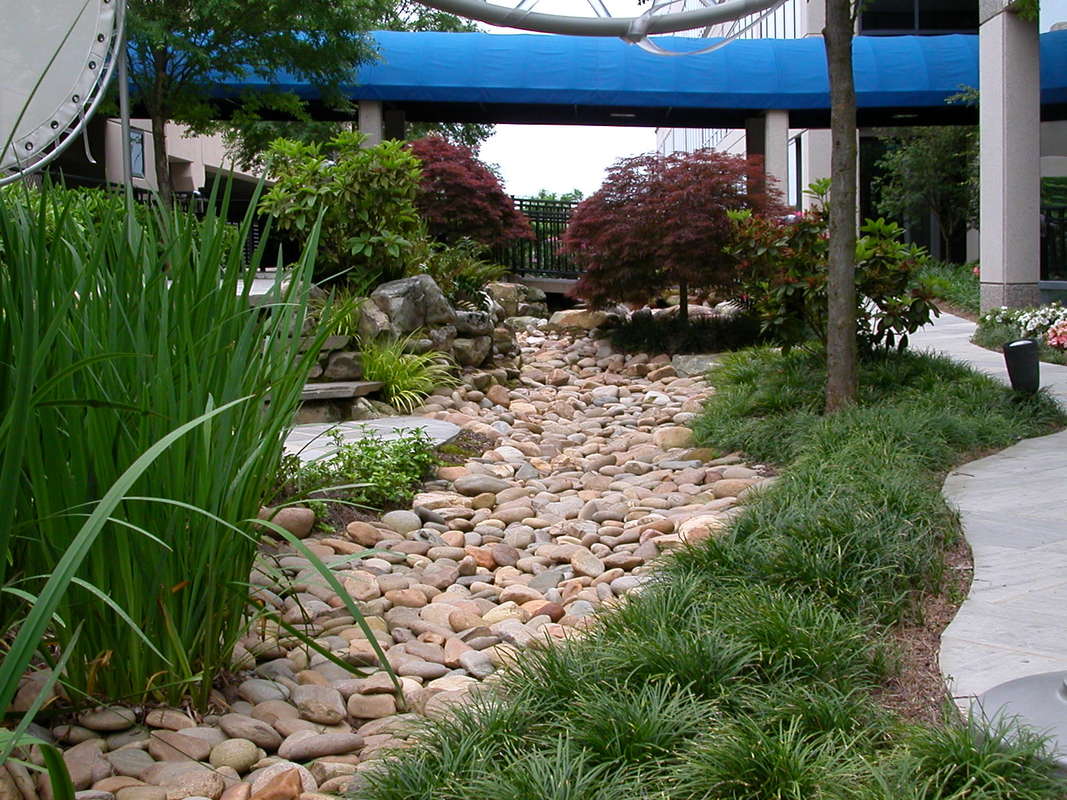
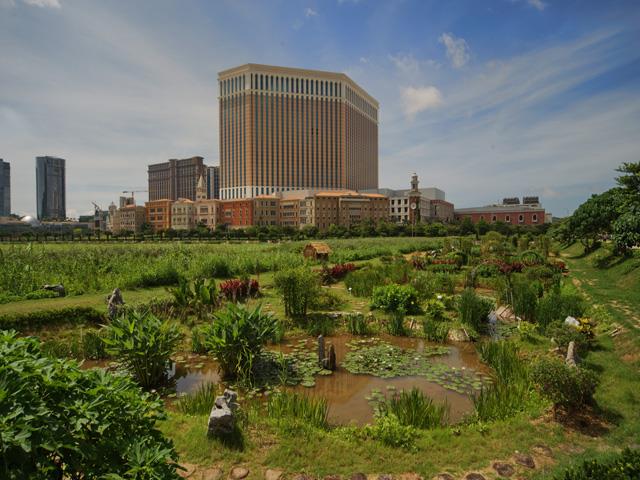
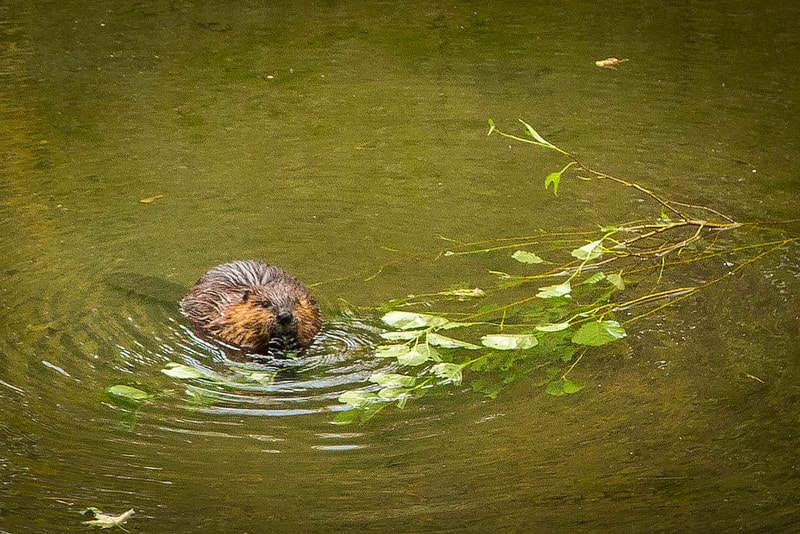
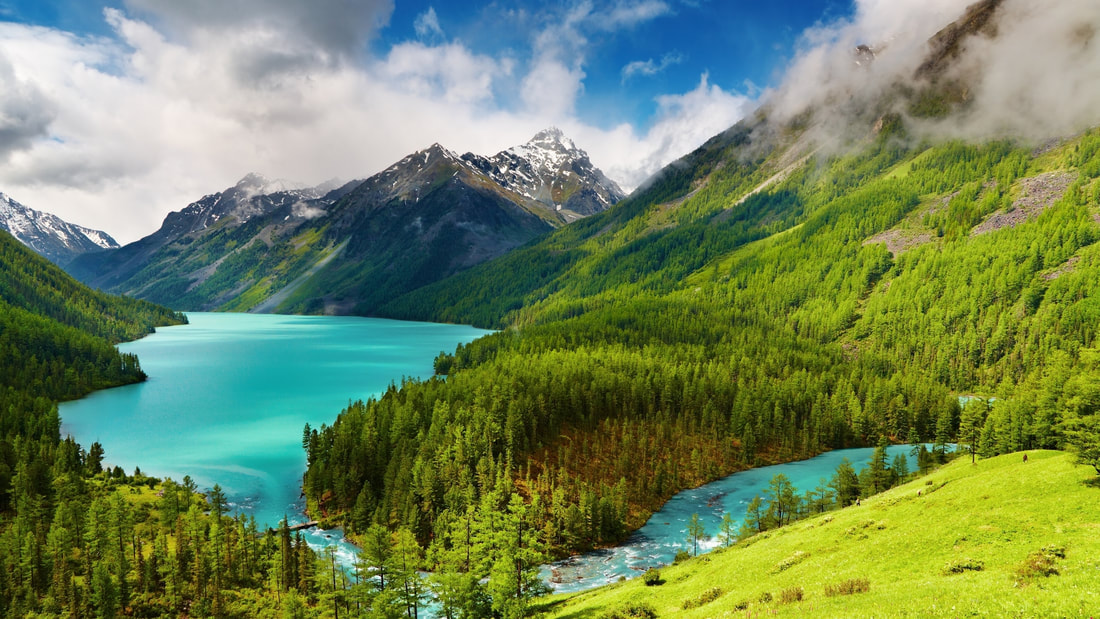
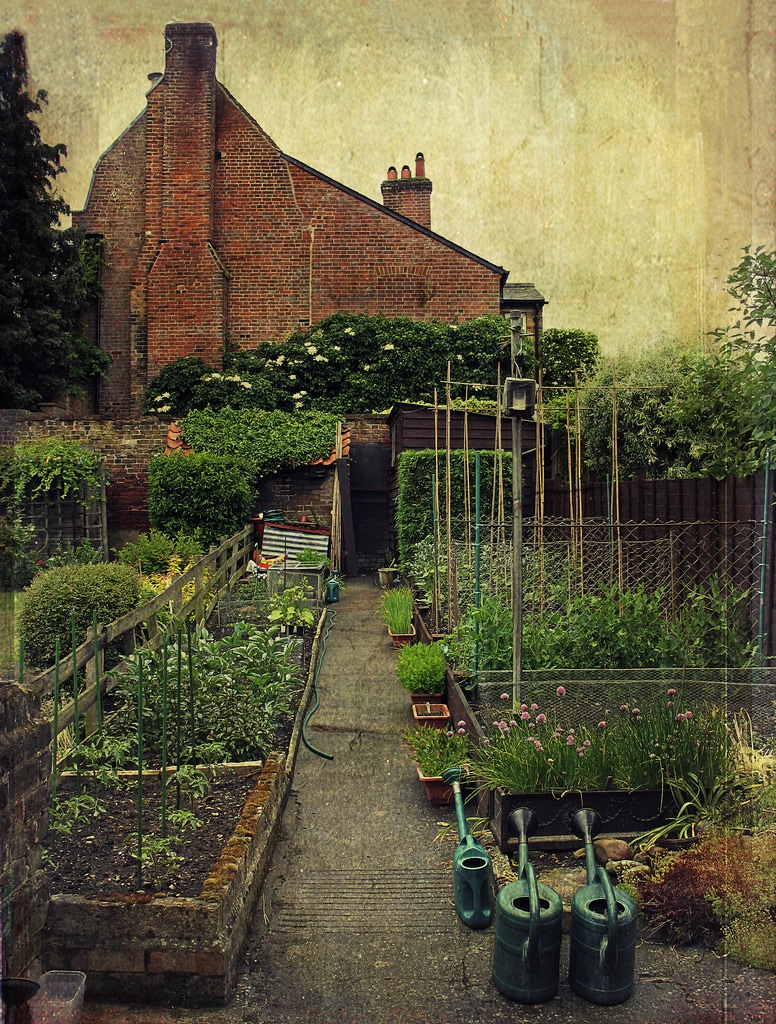

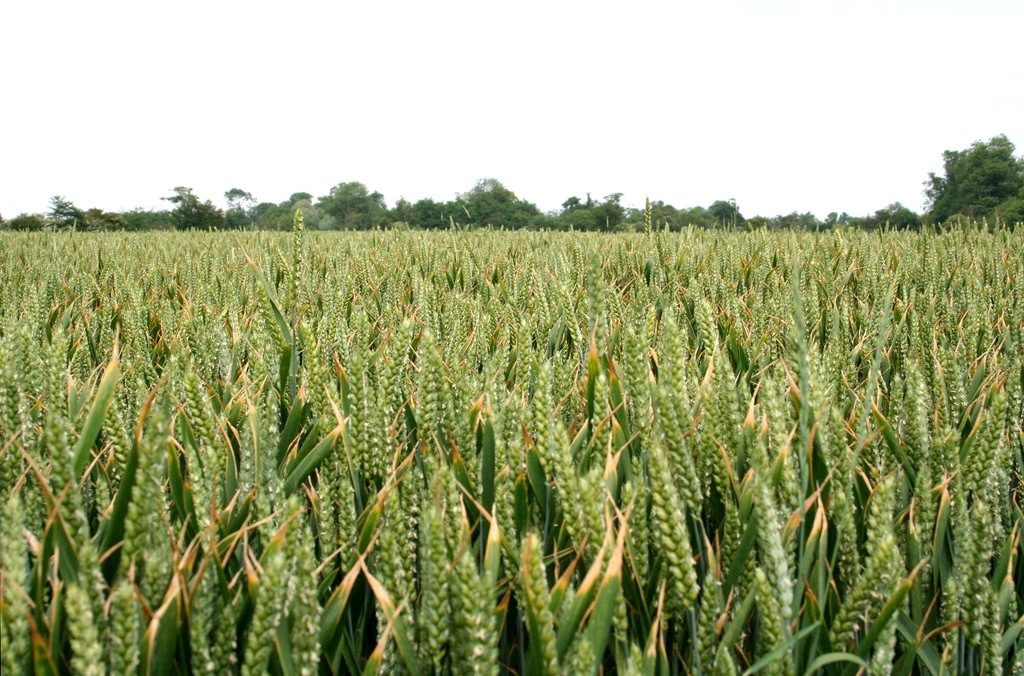
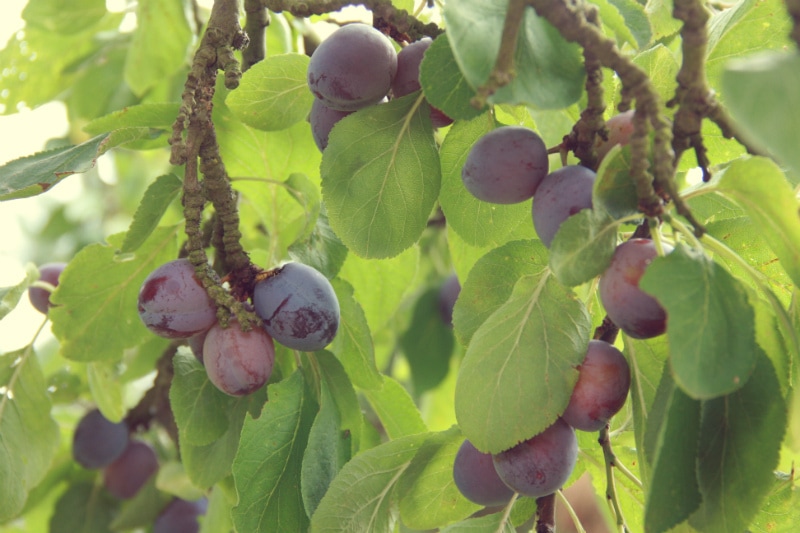
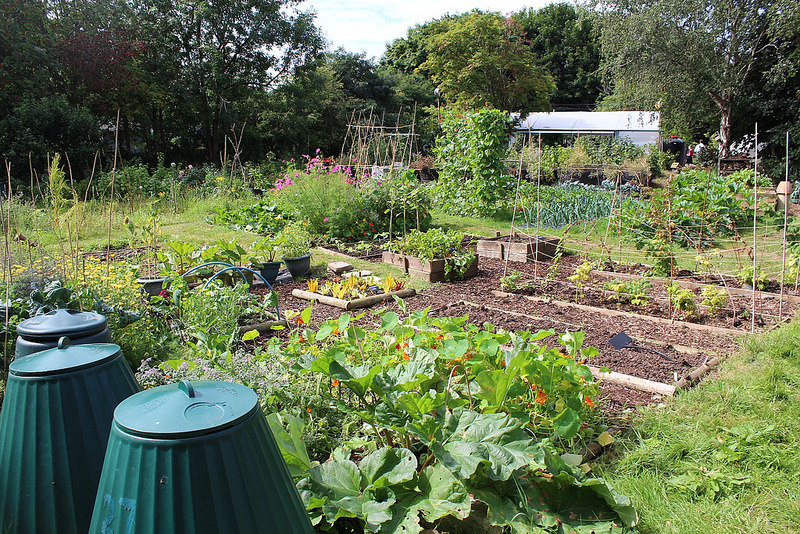
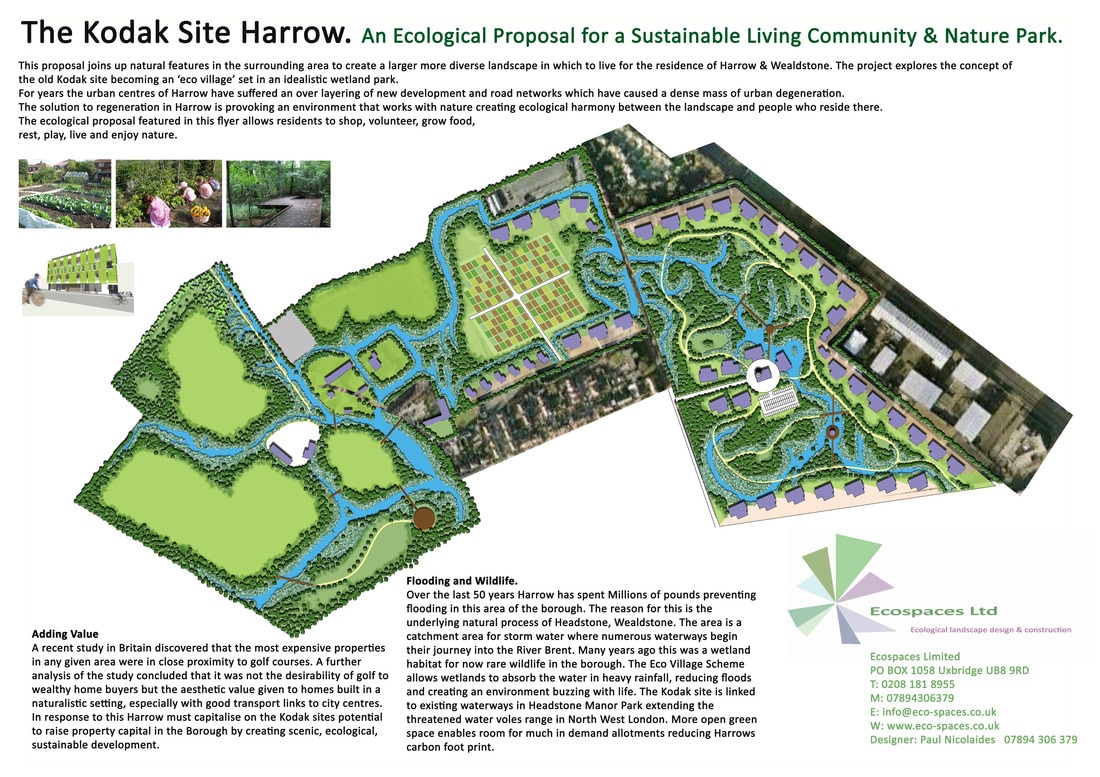
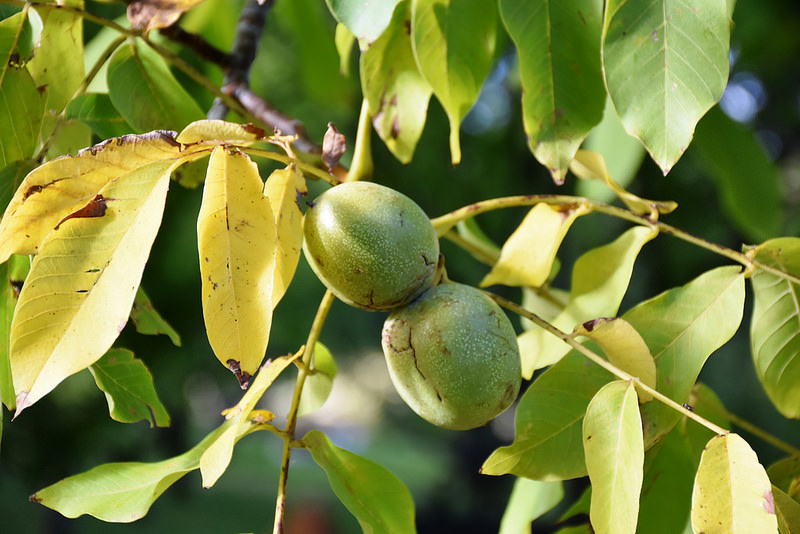
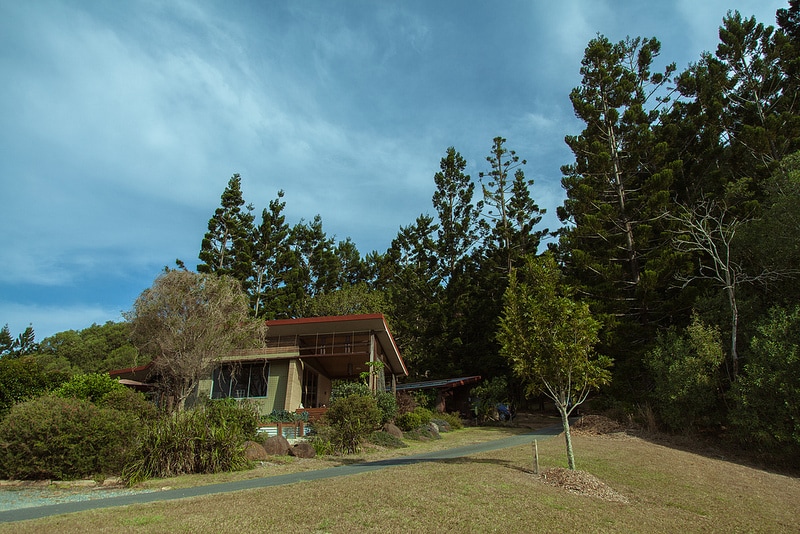
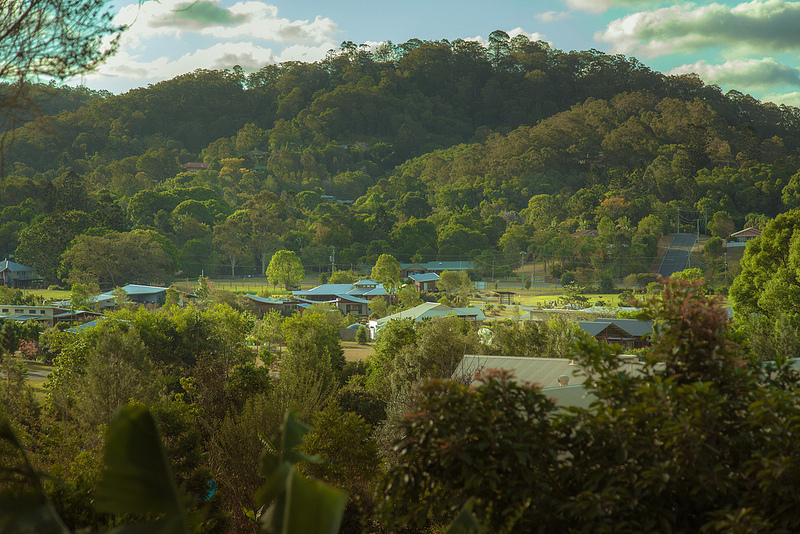

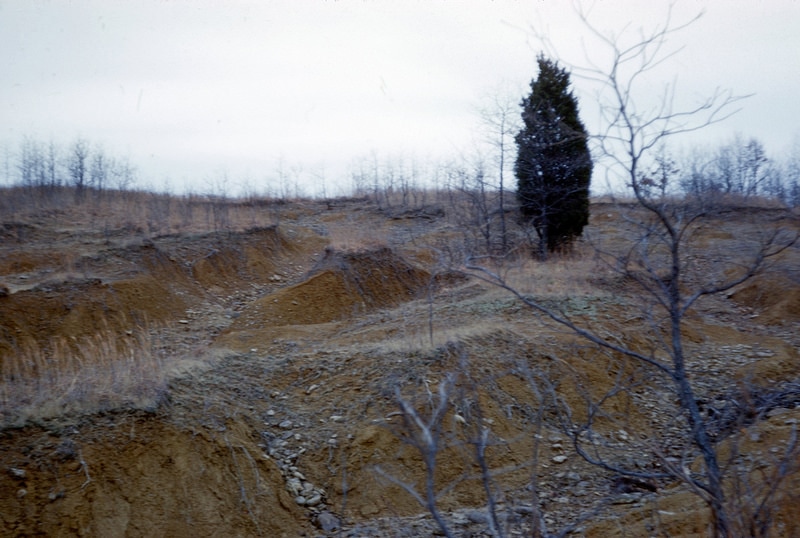
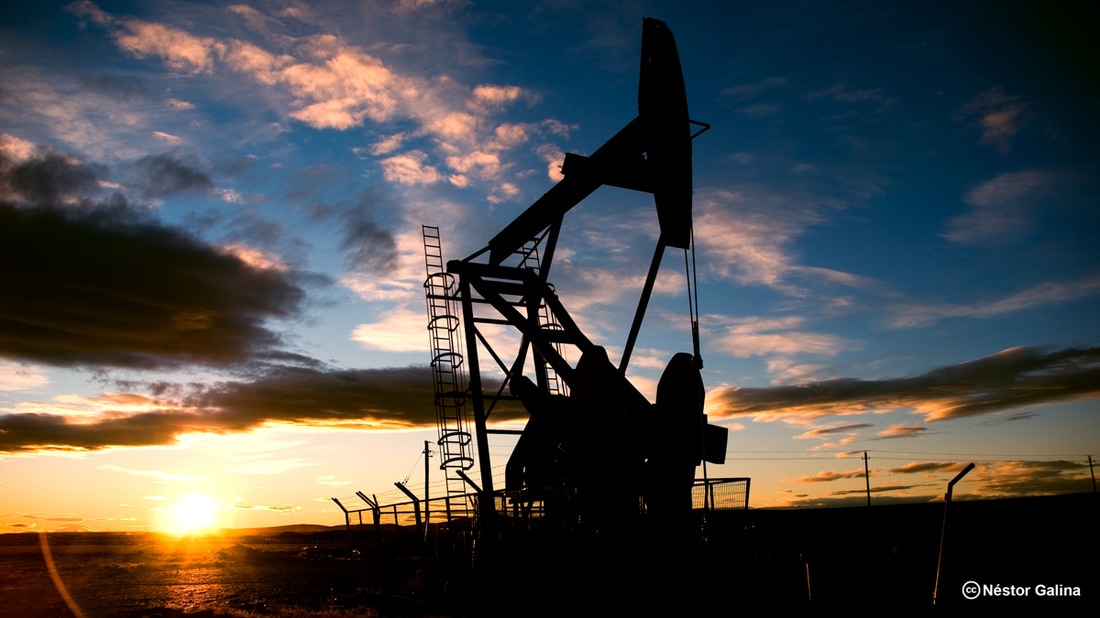

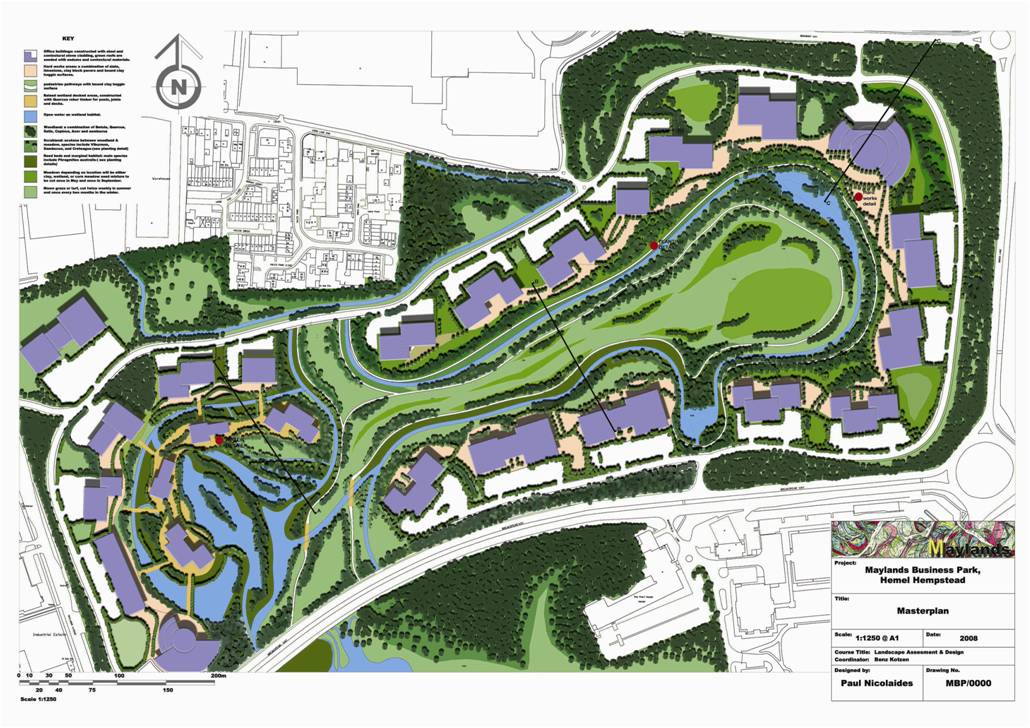
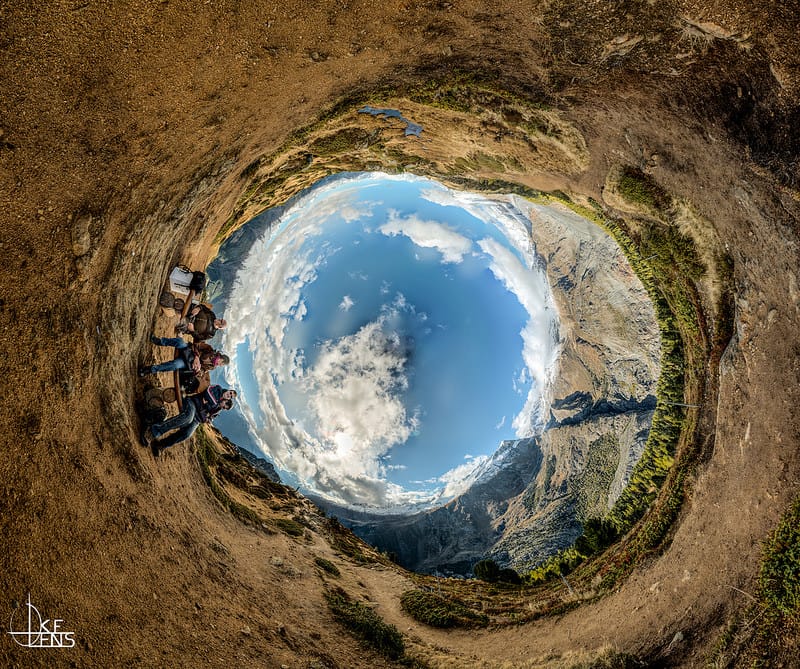
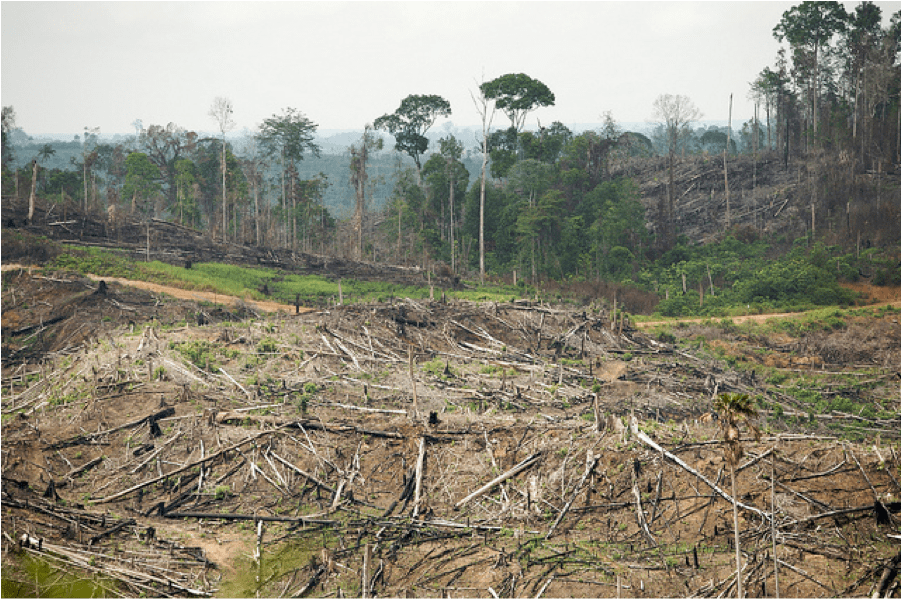
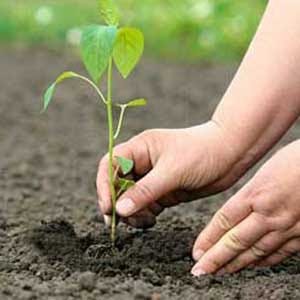

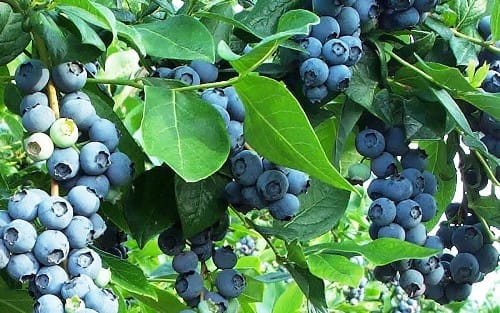
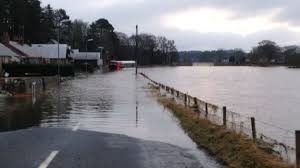

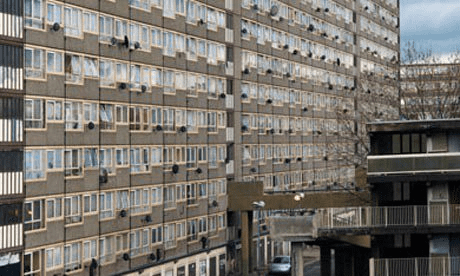
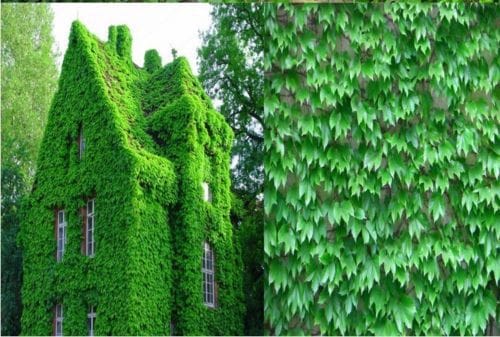
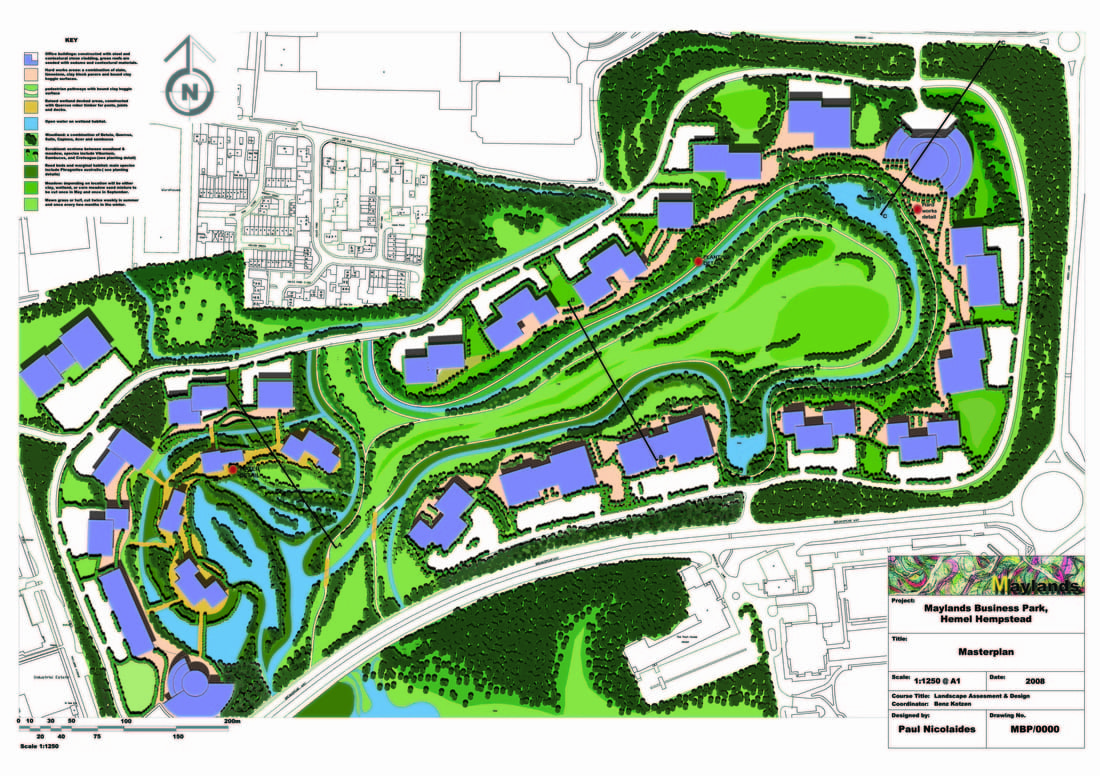
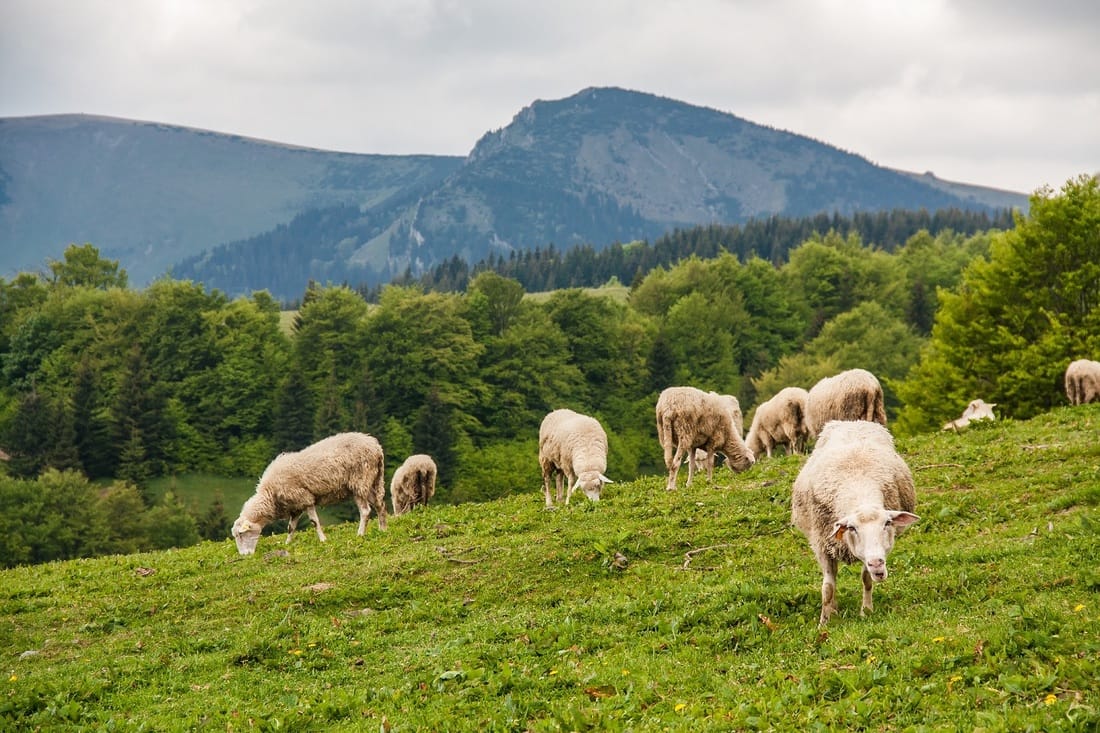
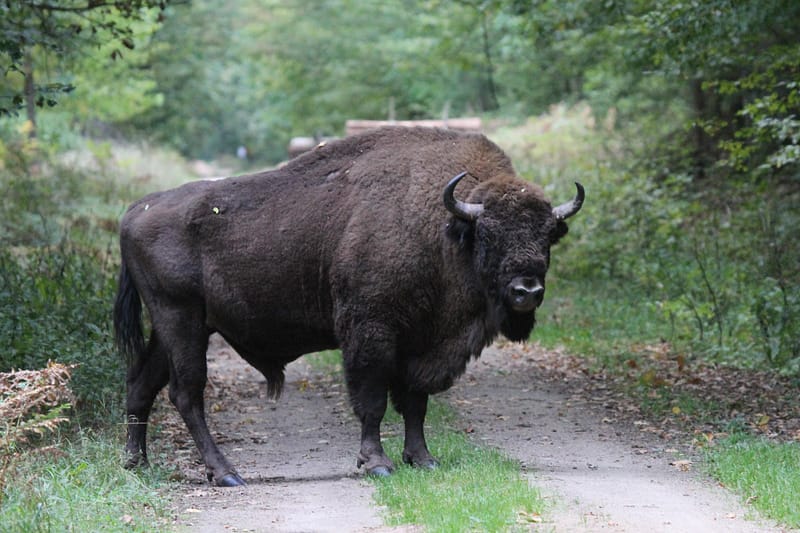
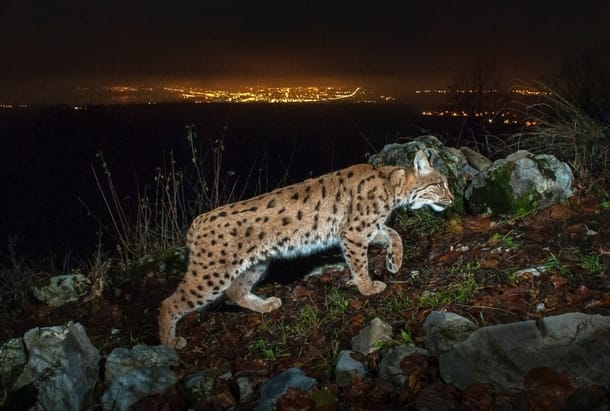
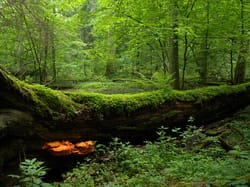

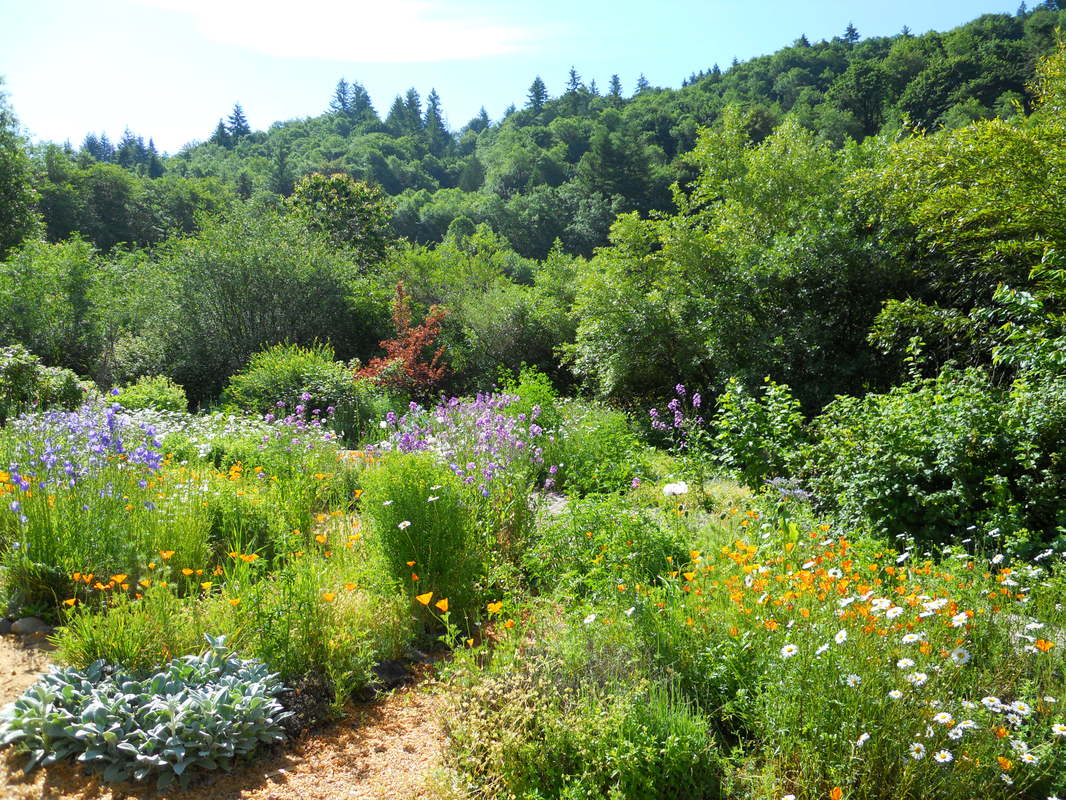
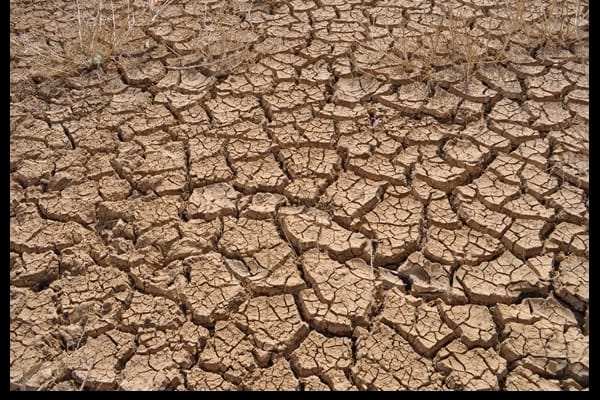
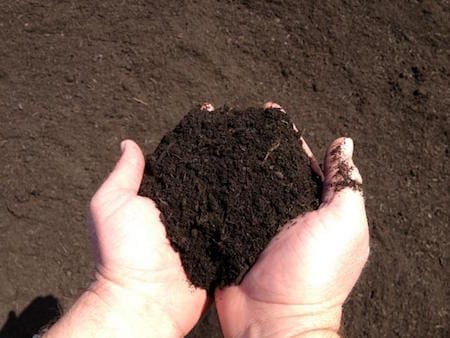

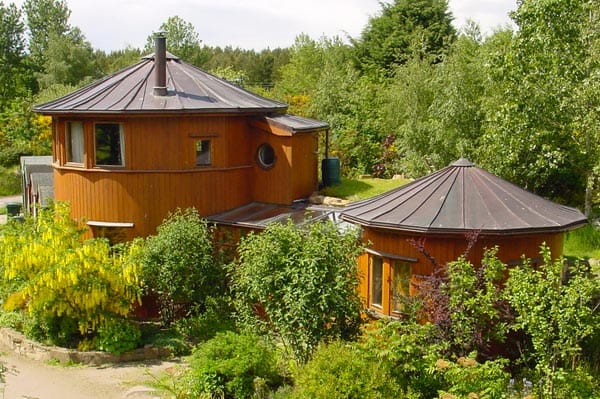
 RSS Feed
RSS Feed
